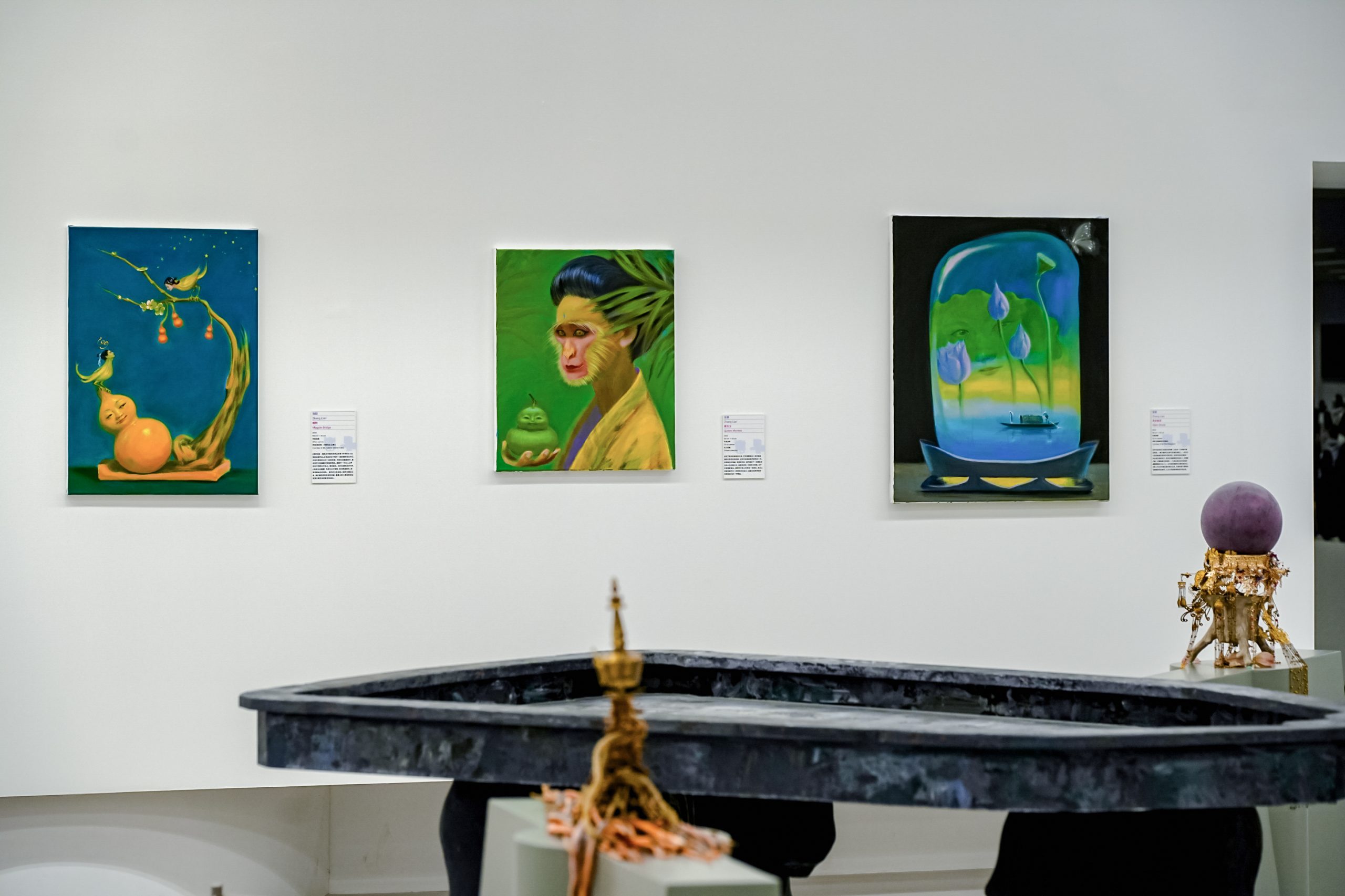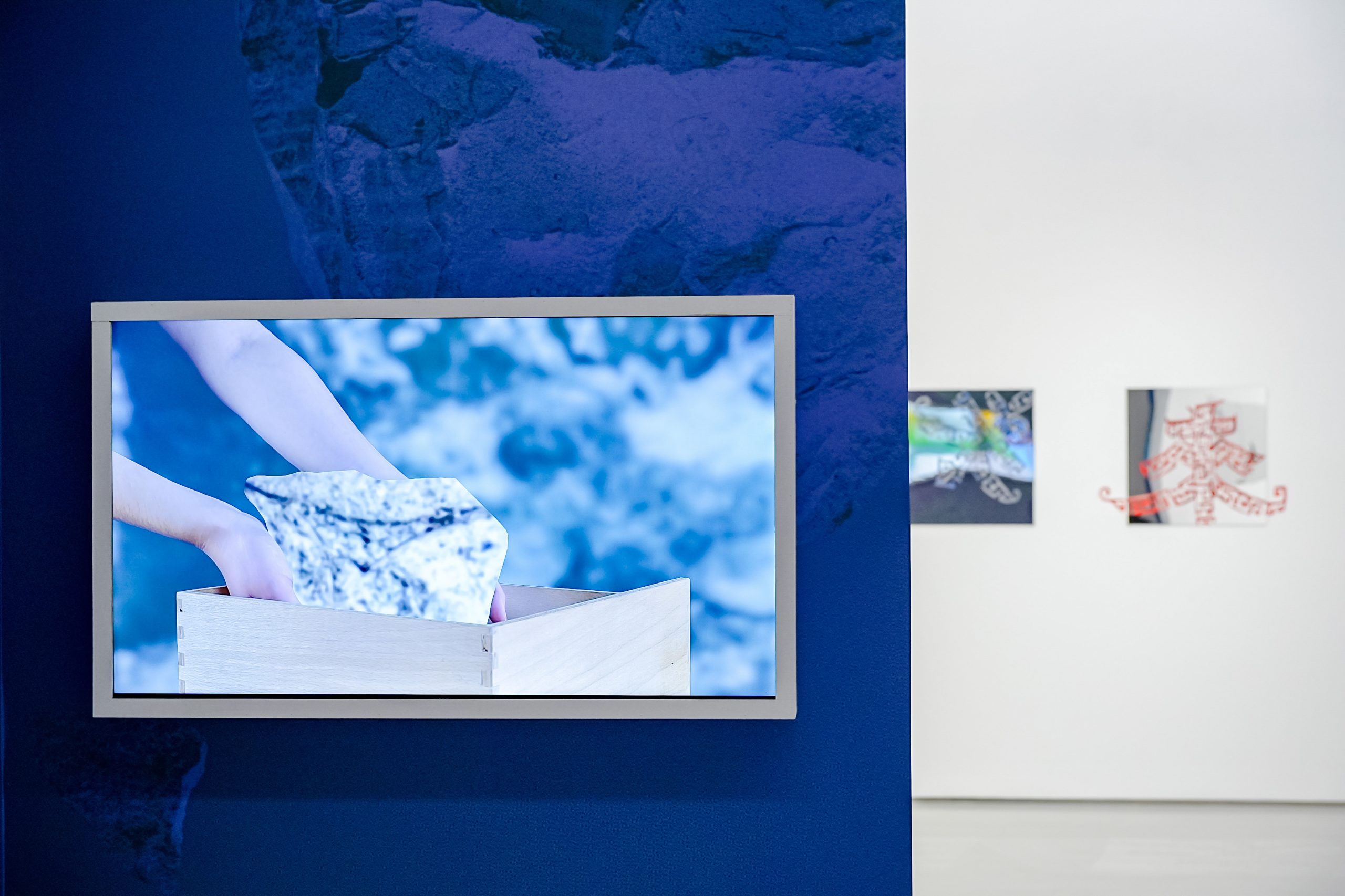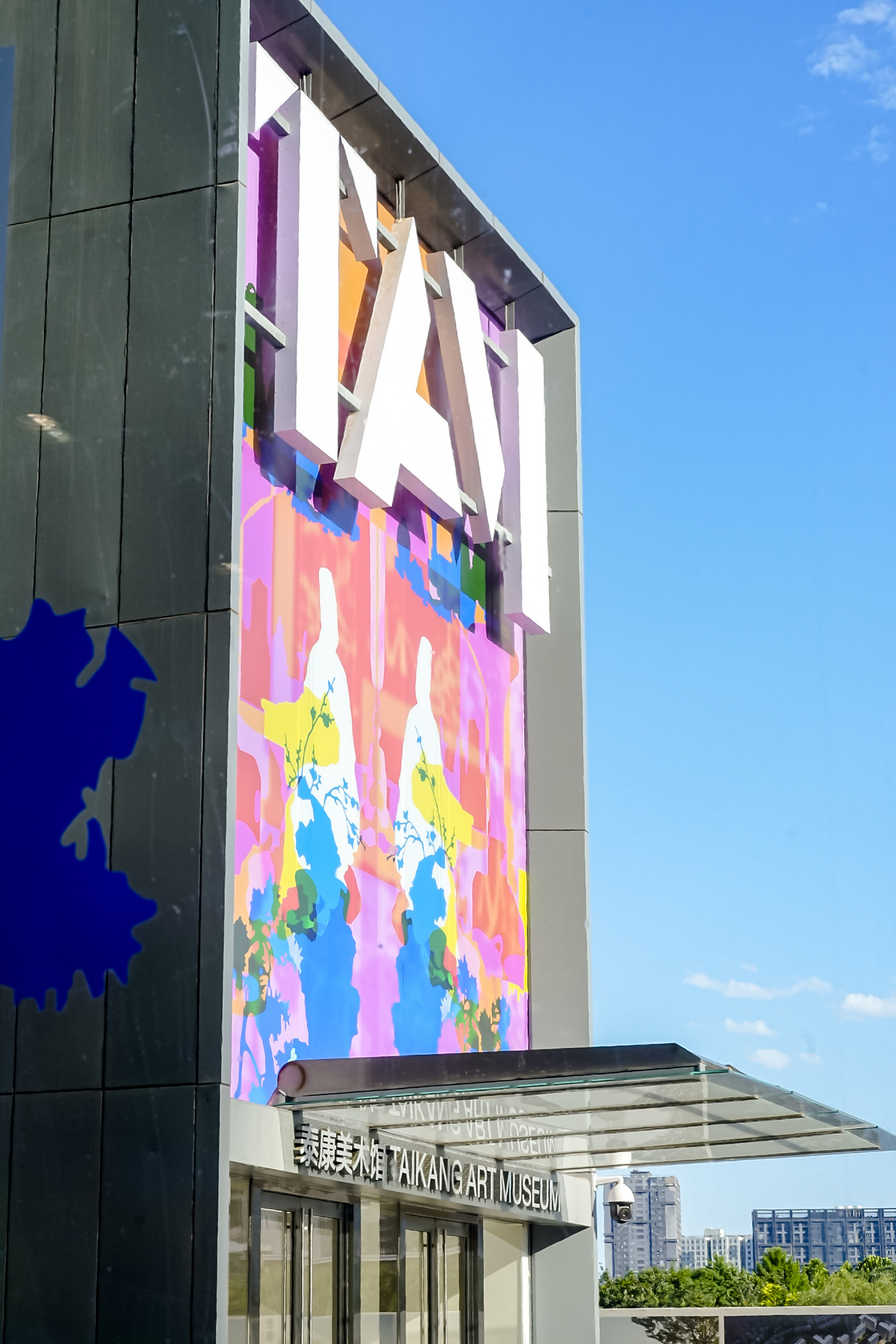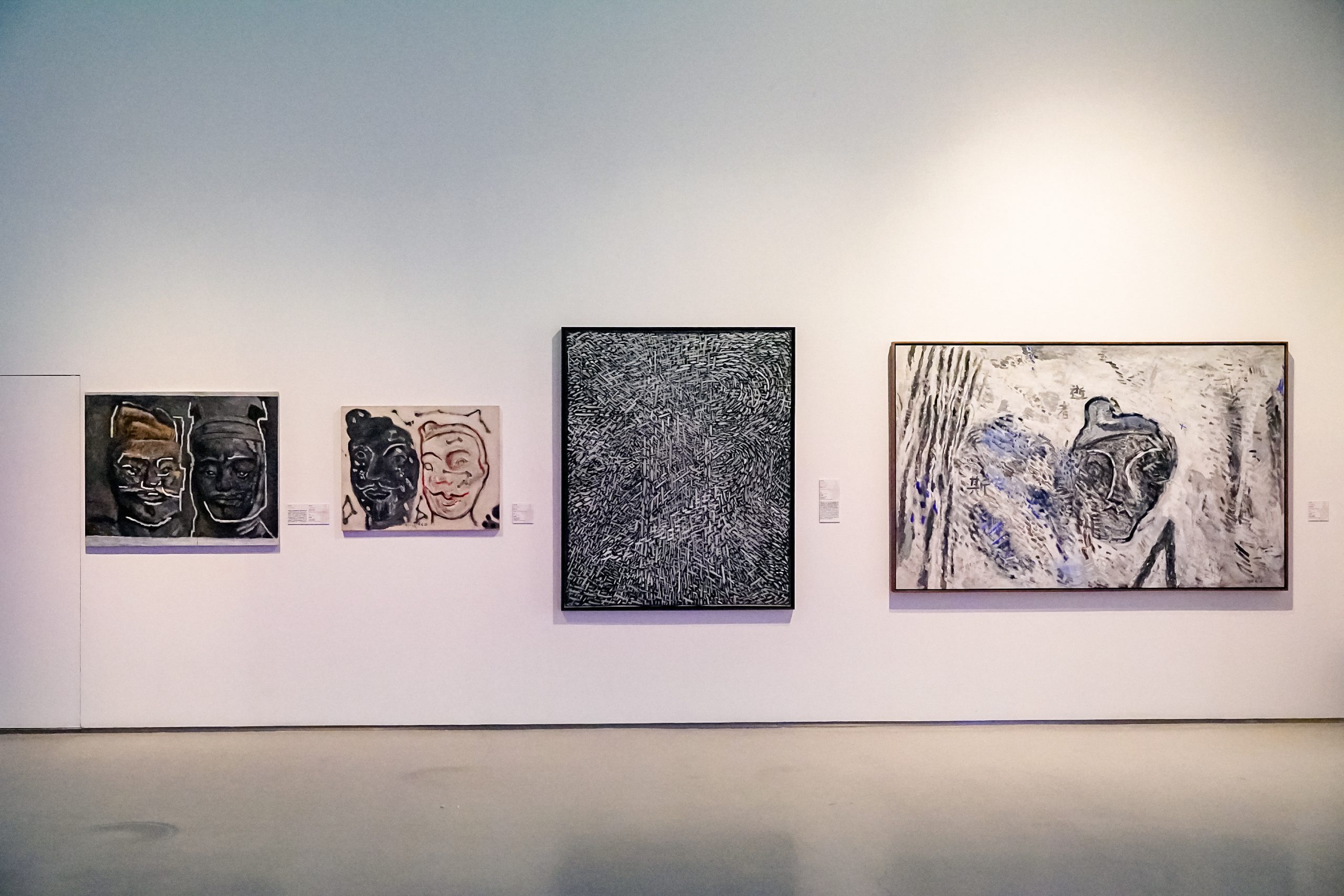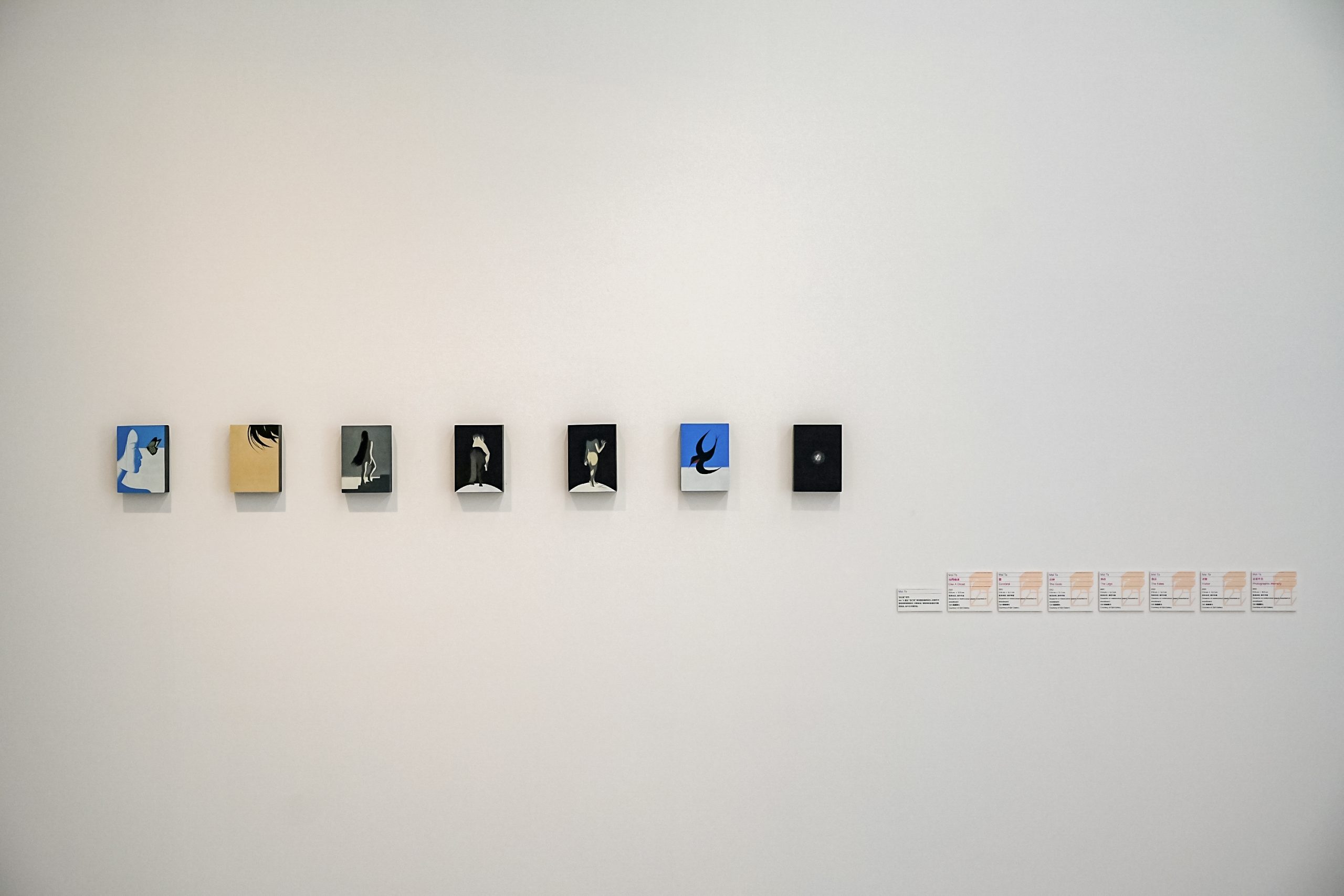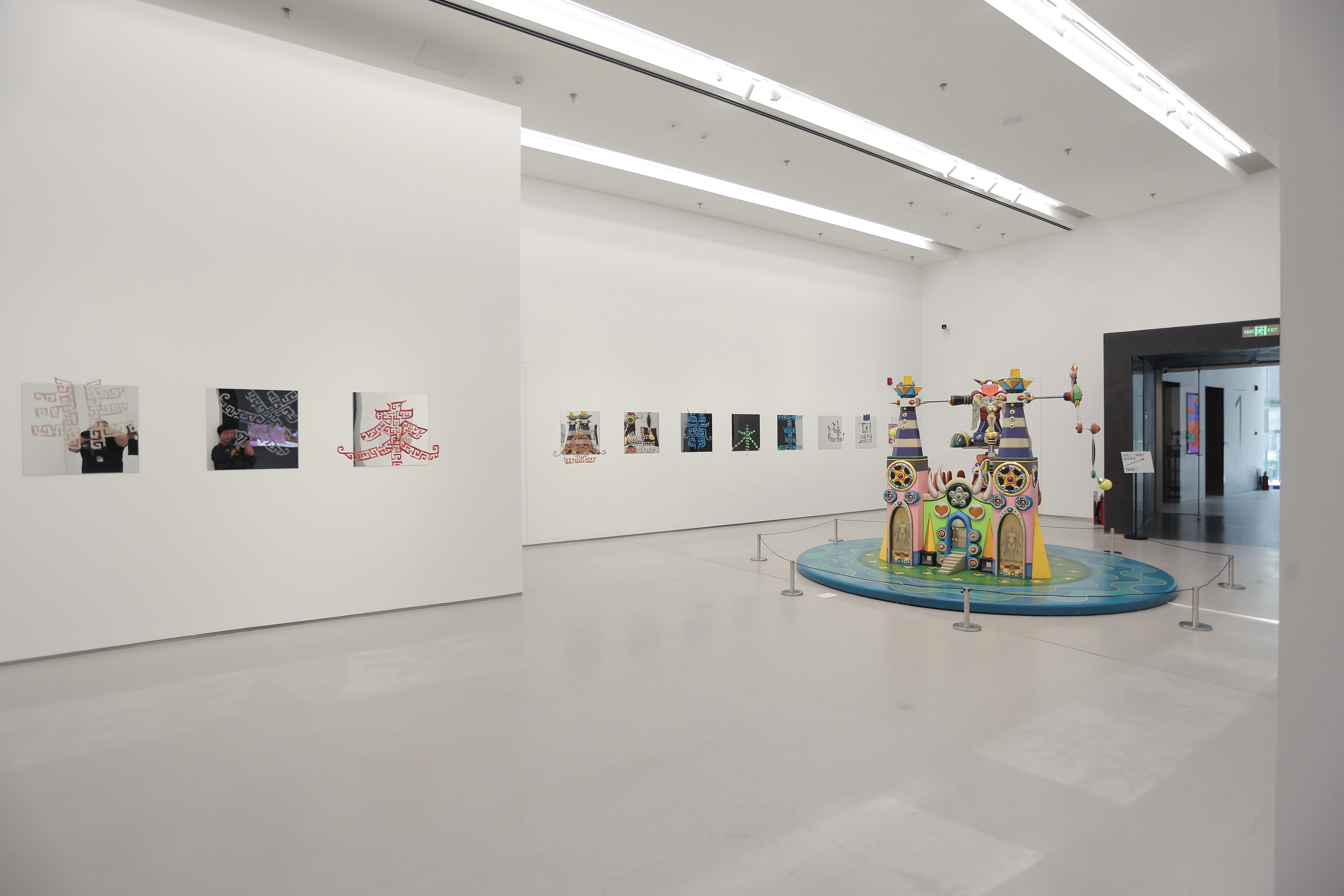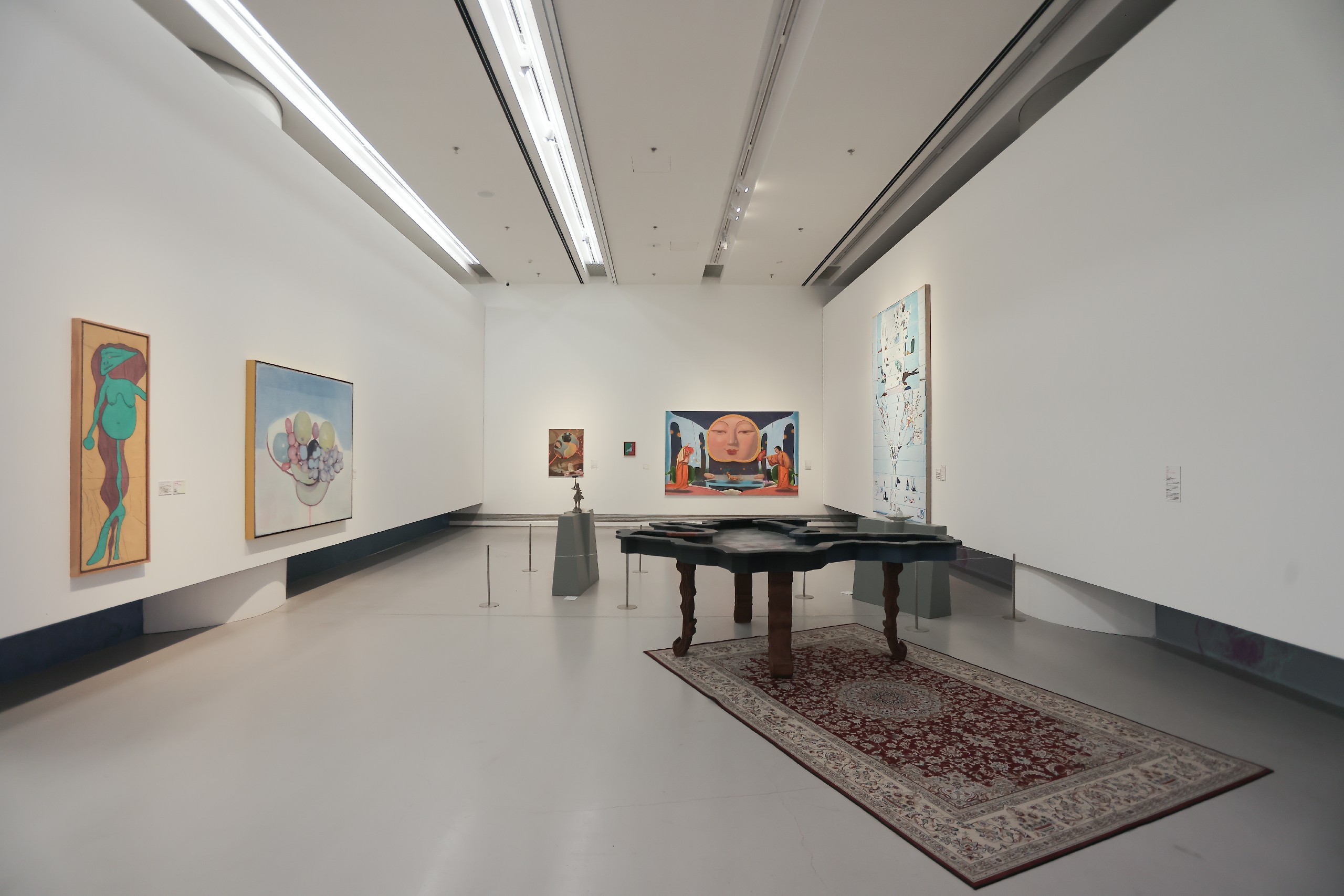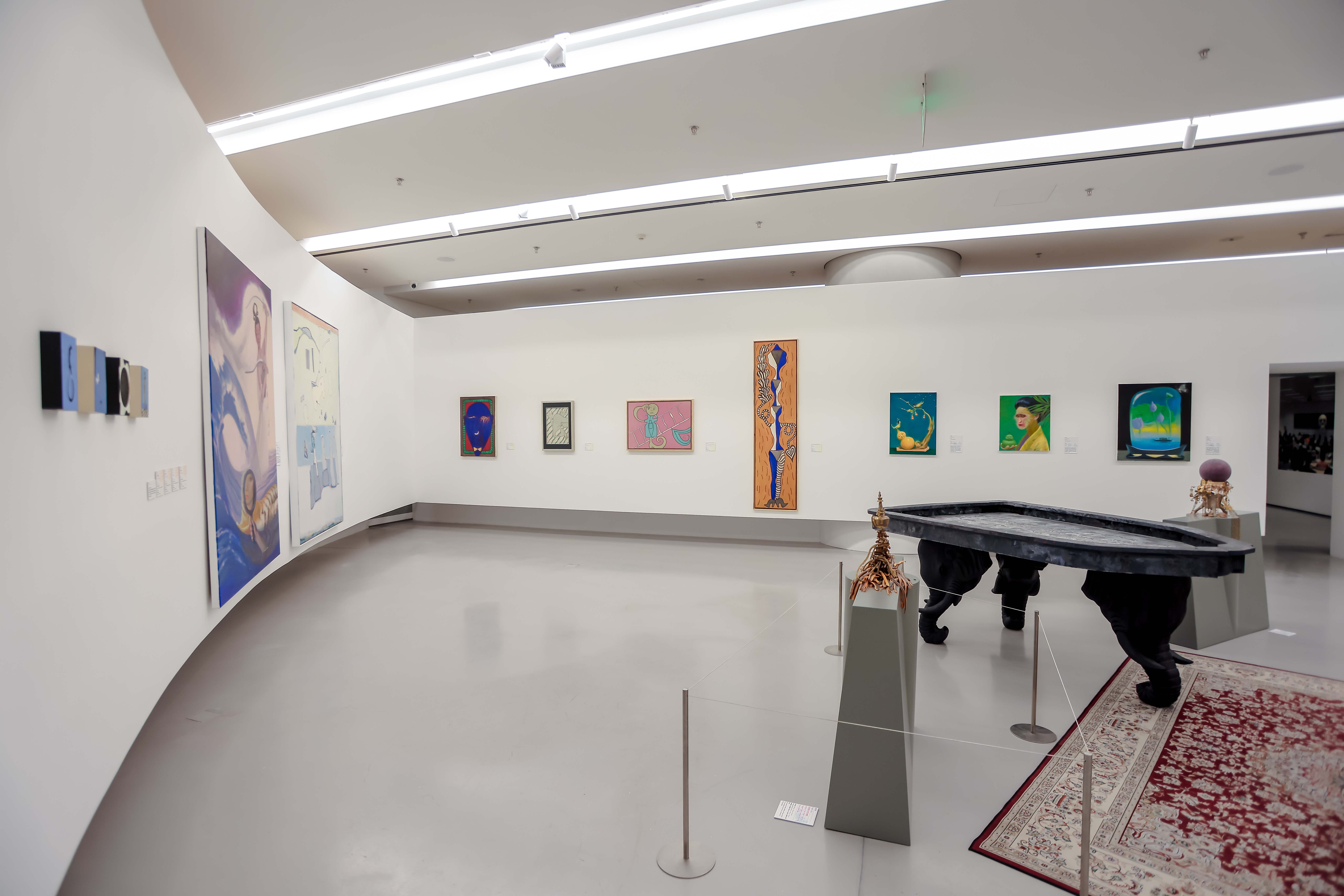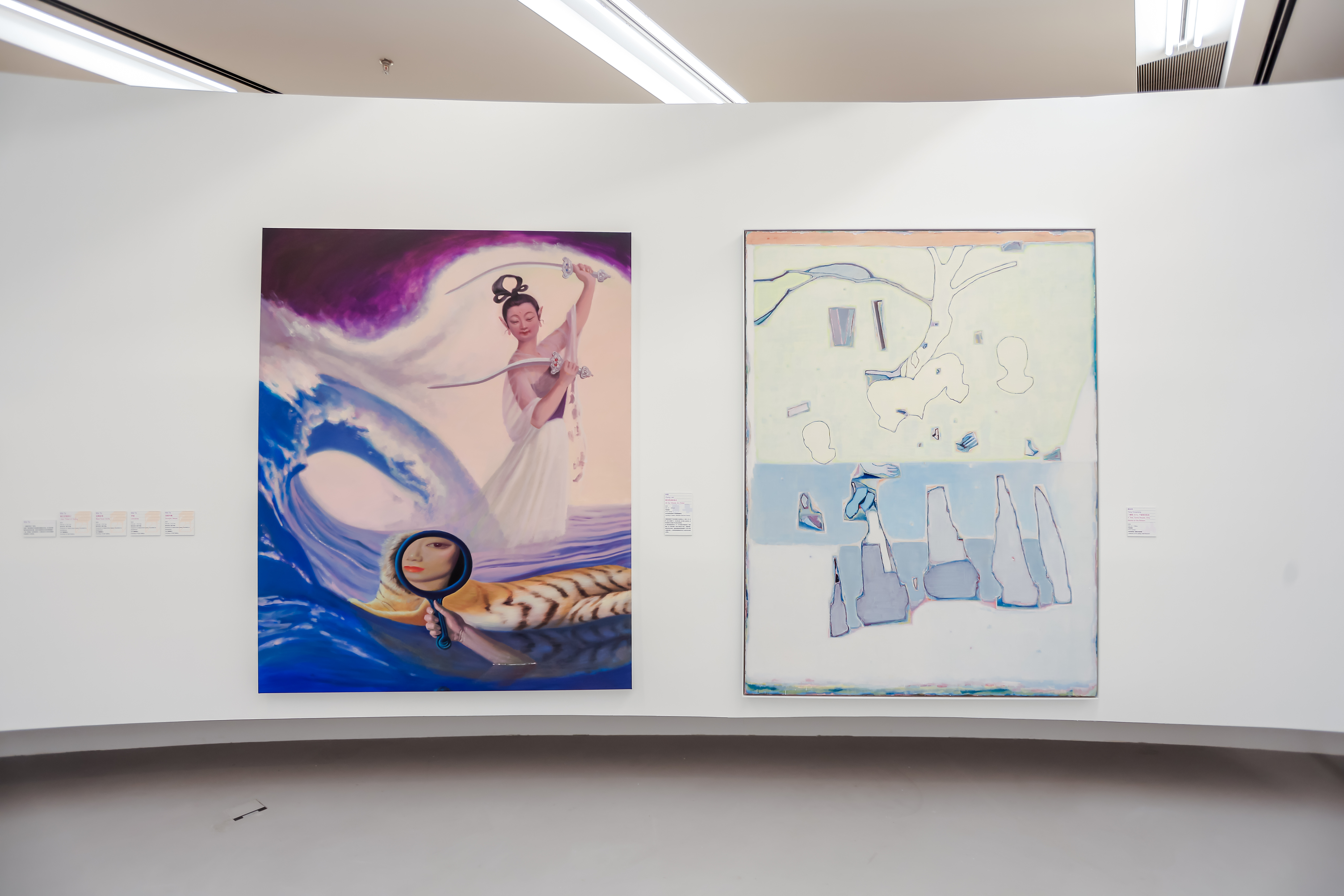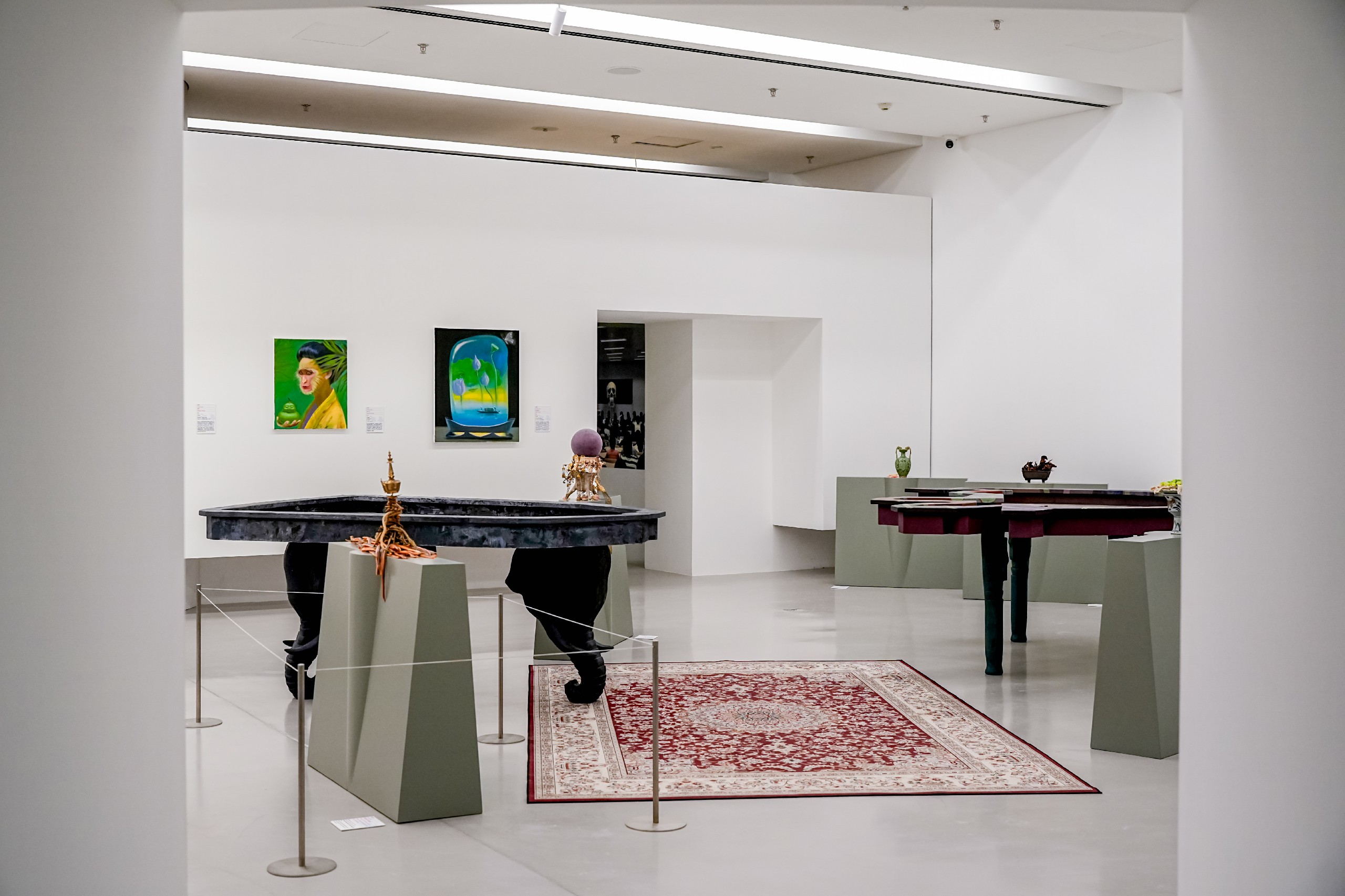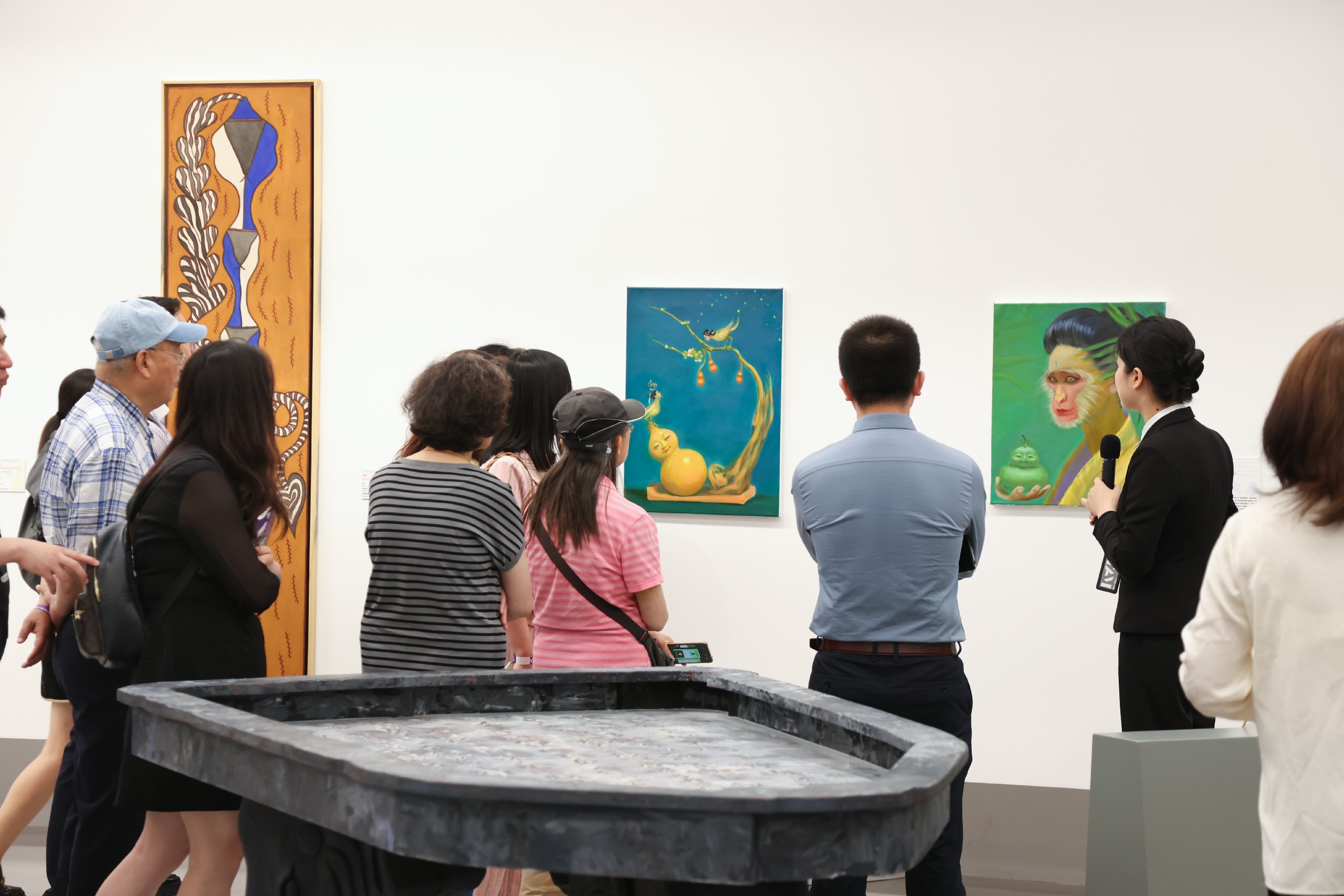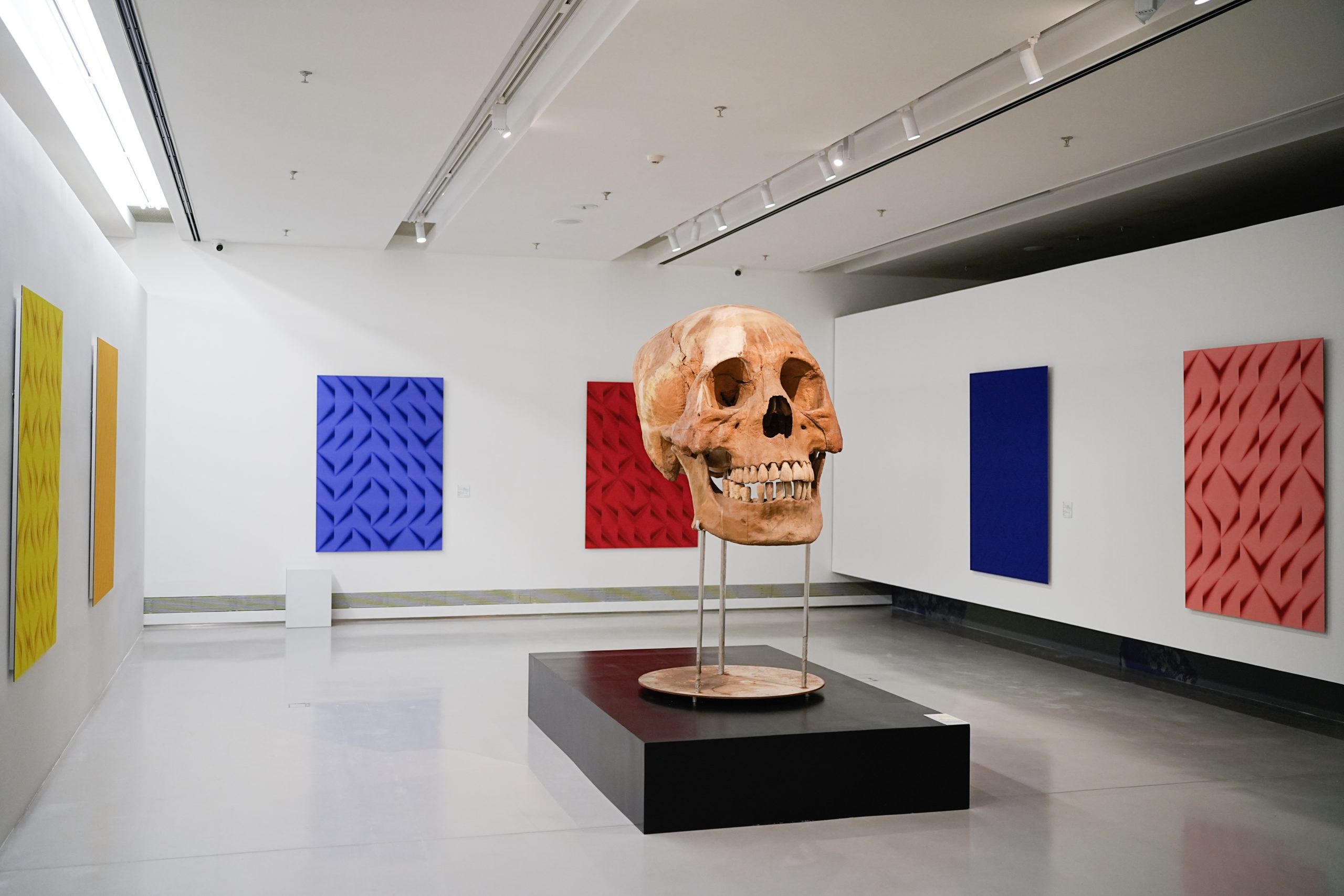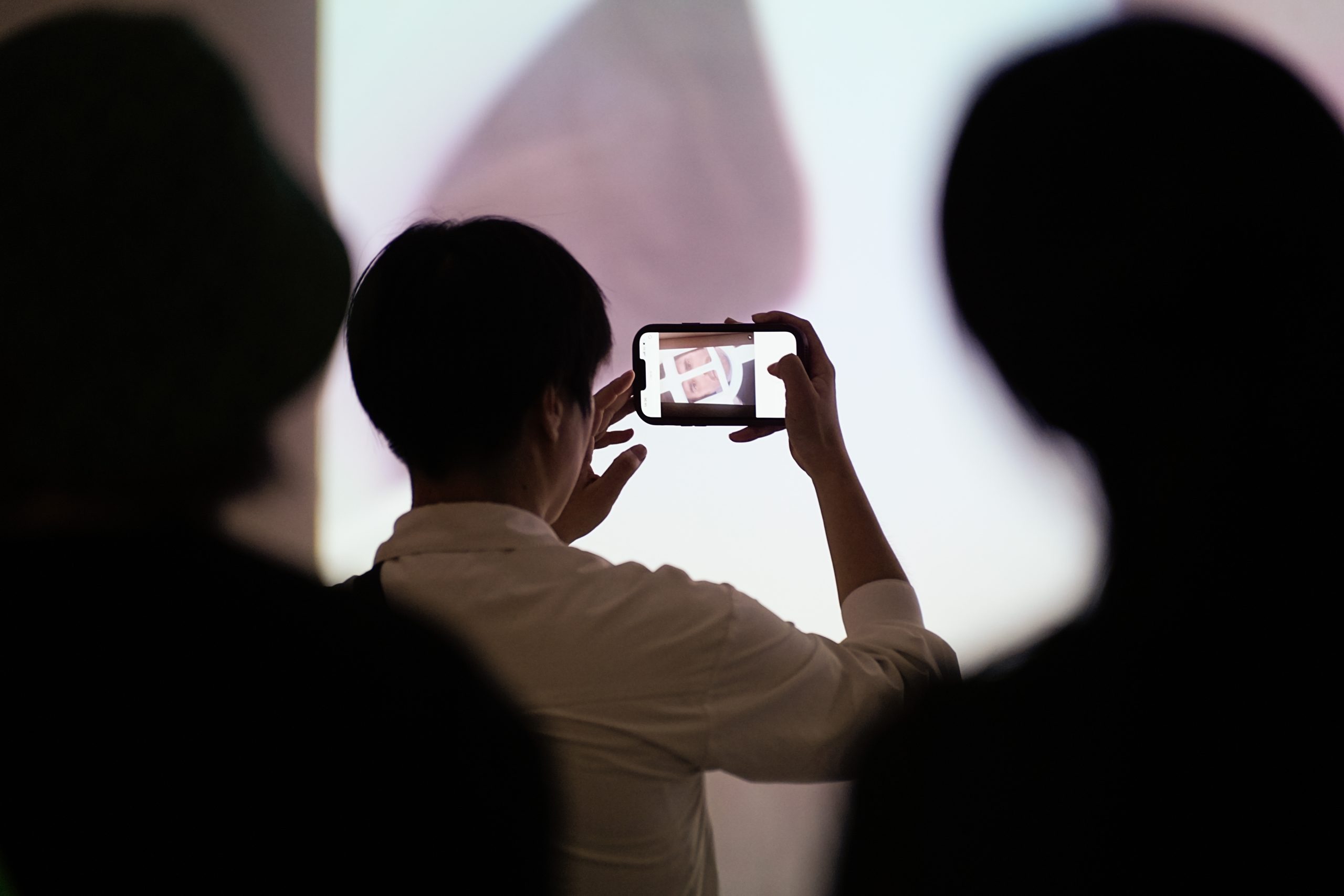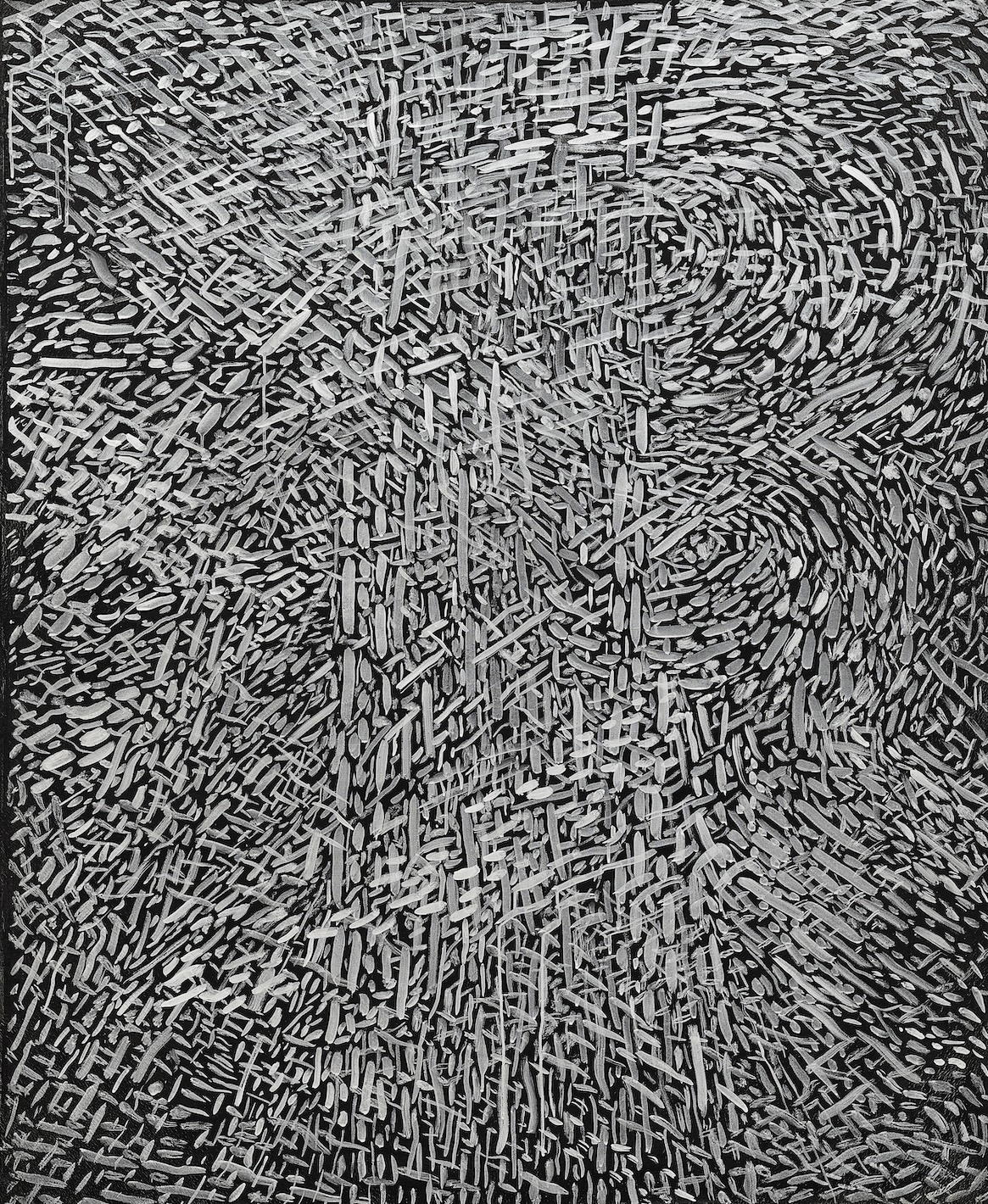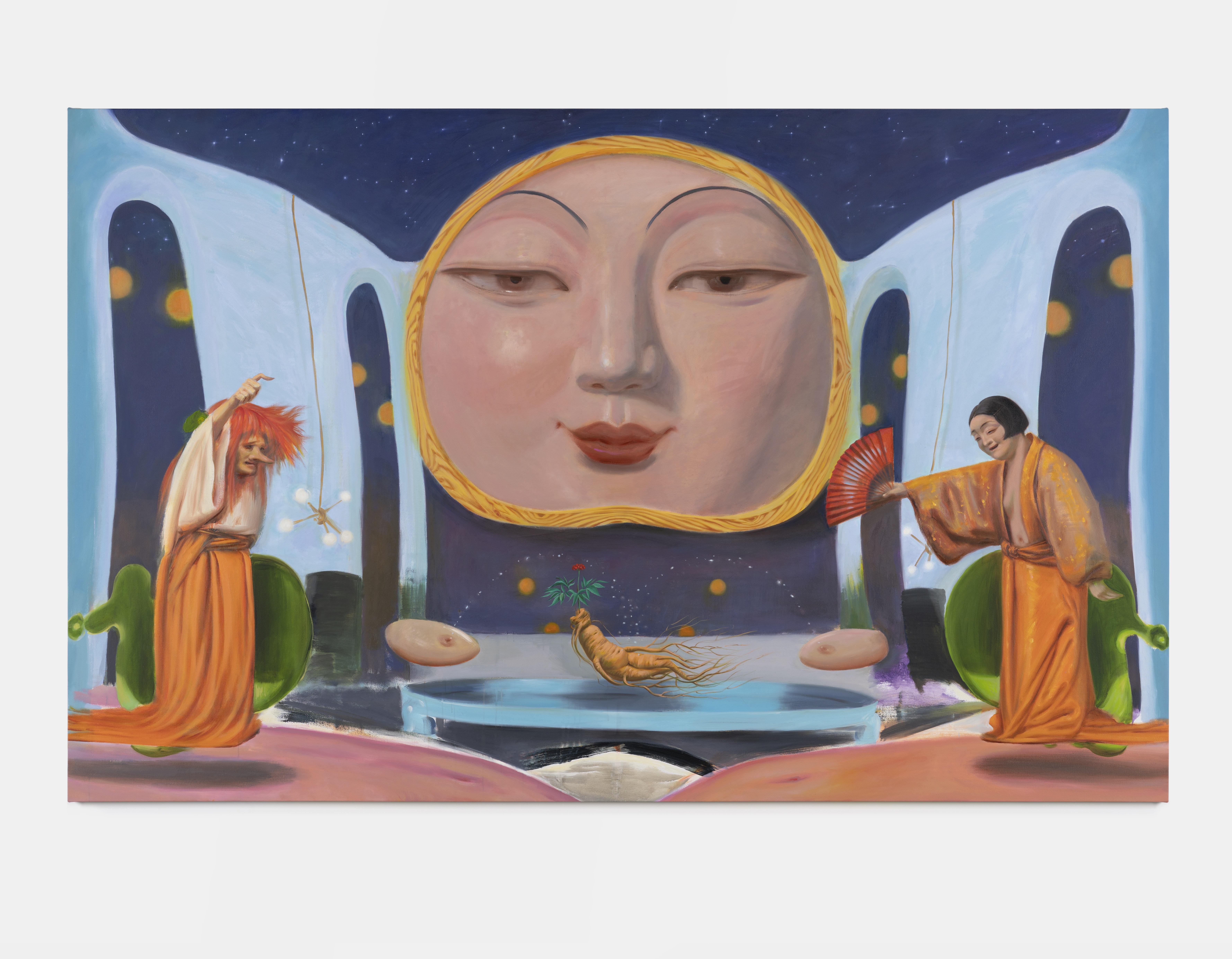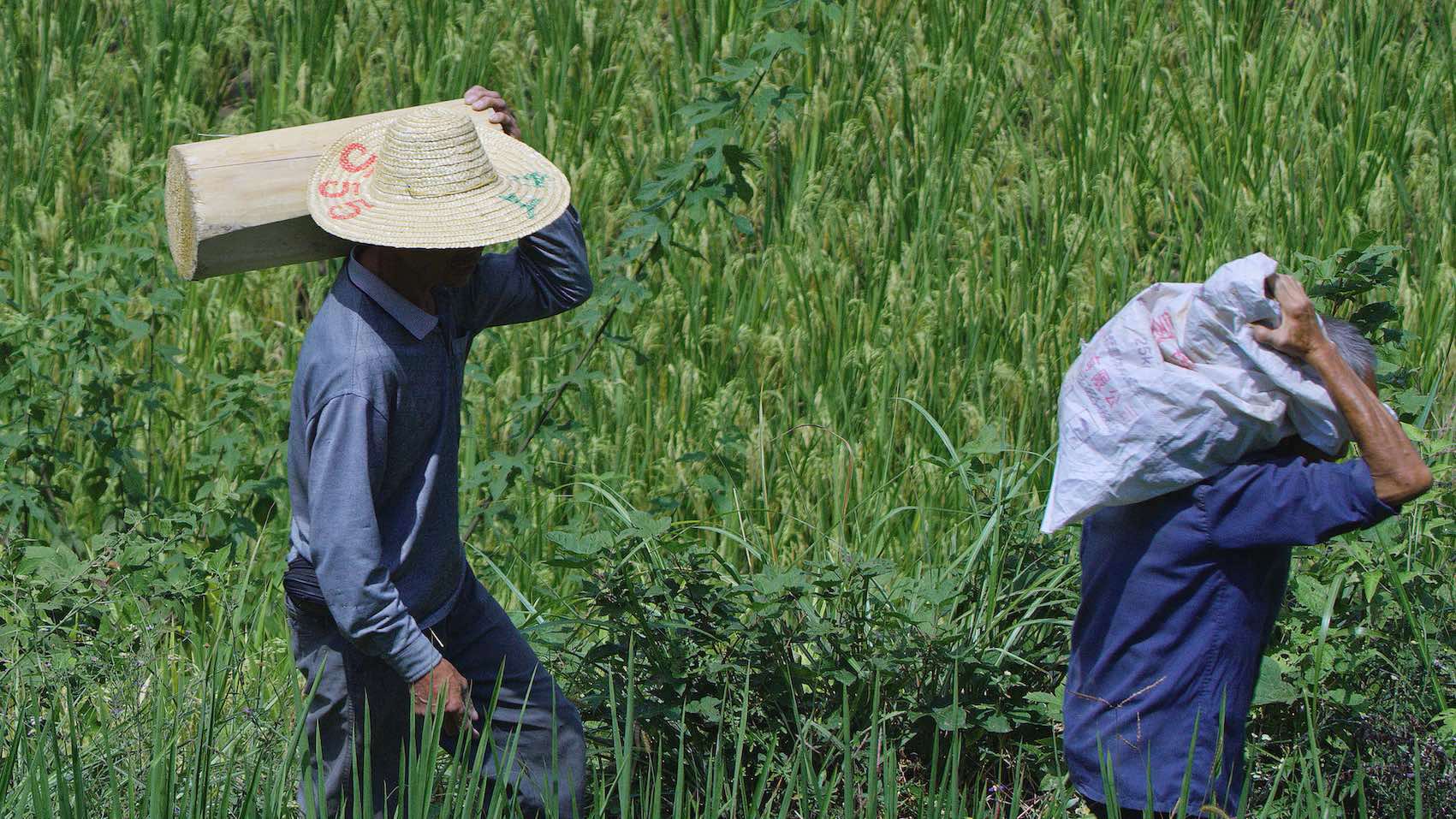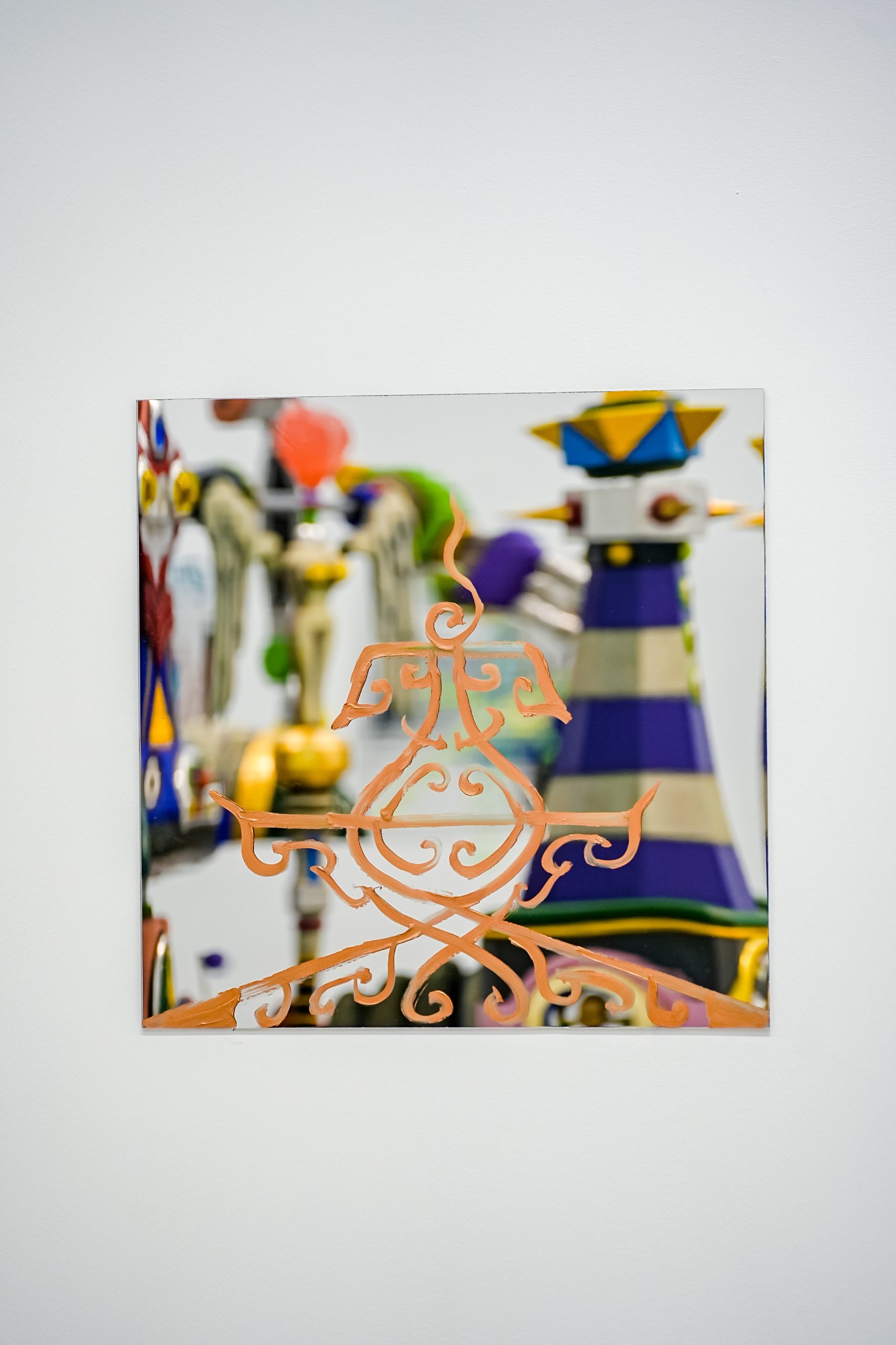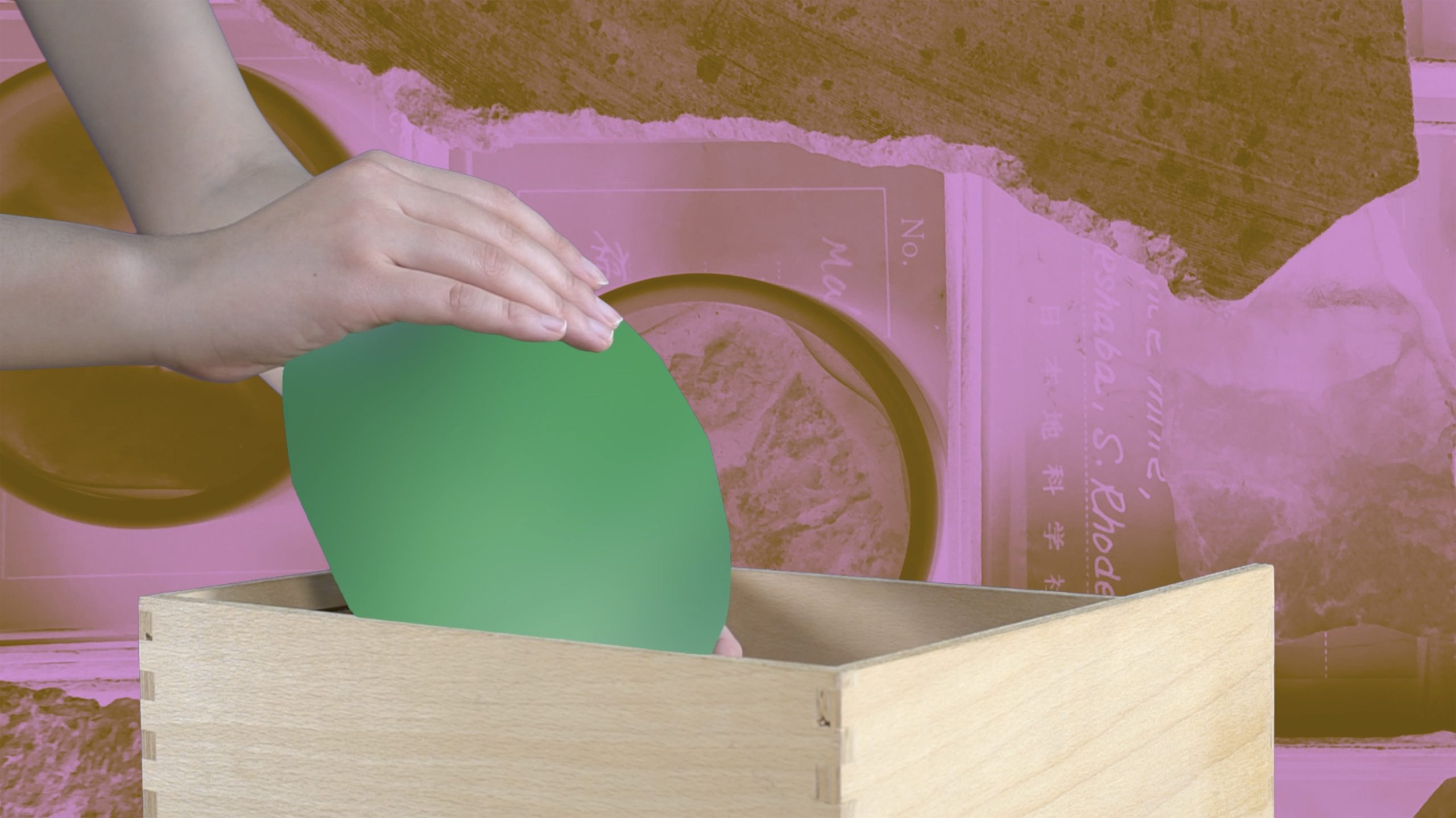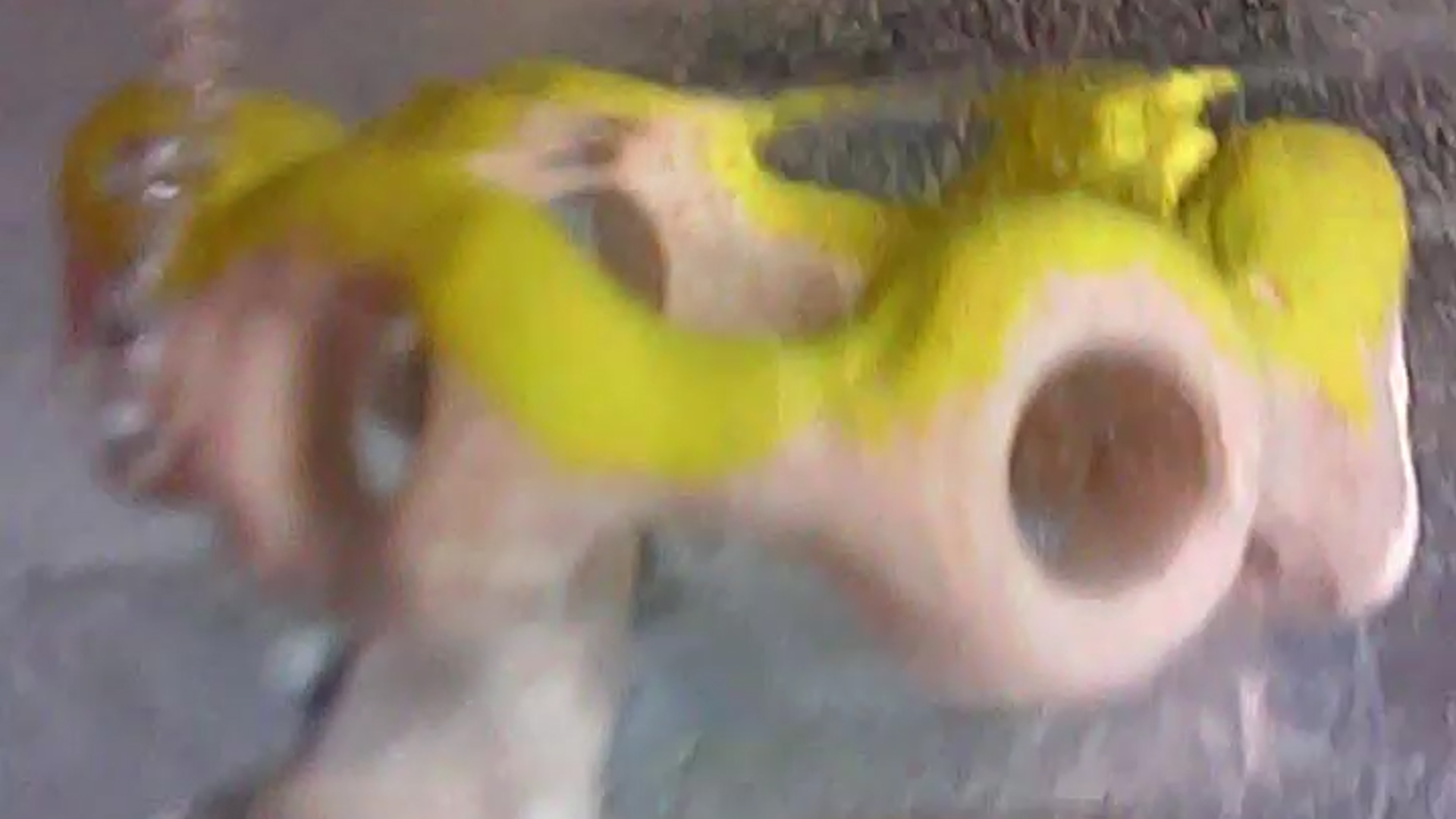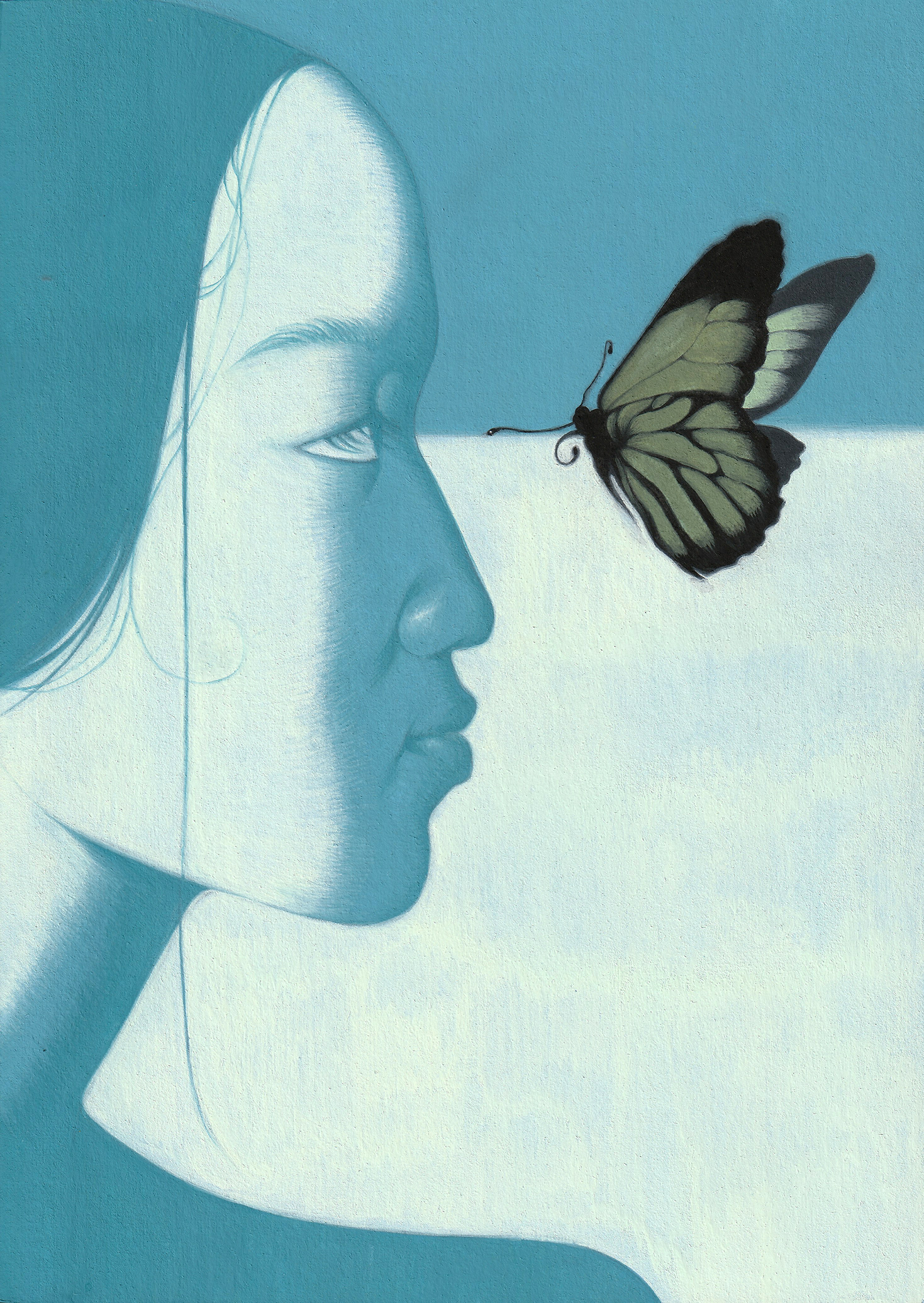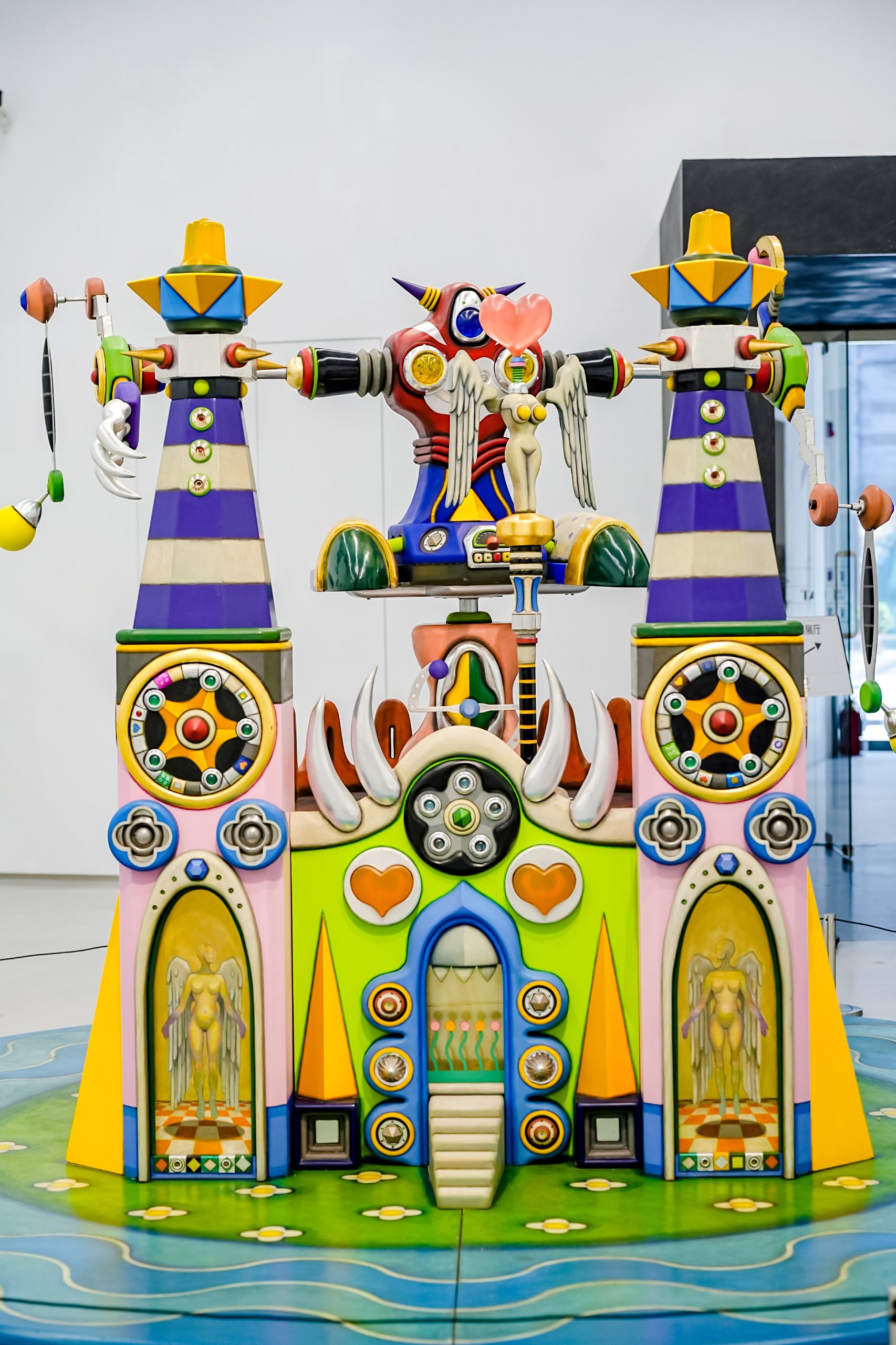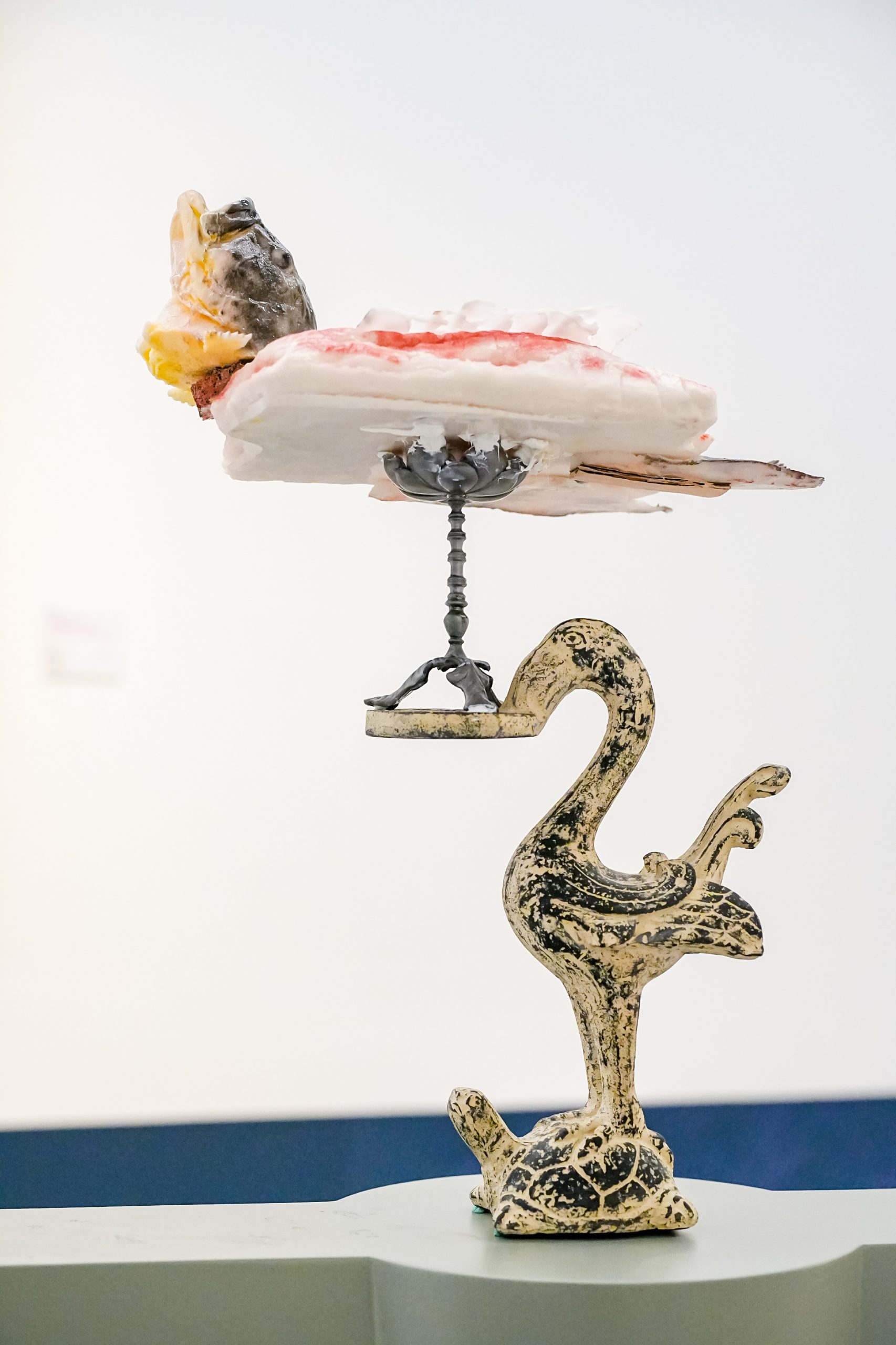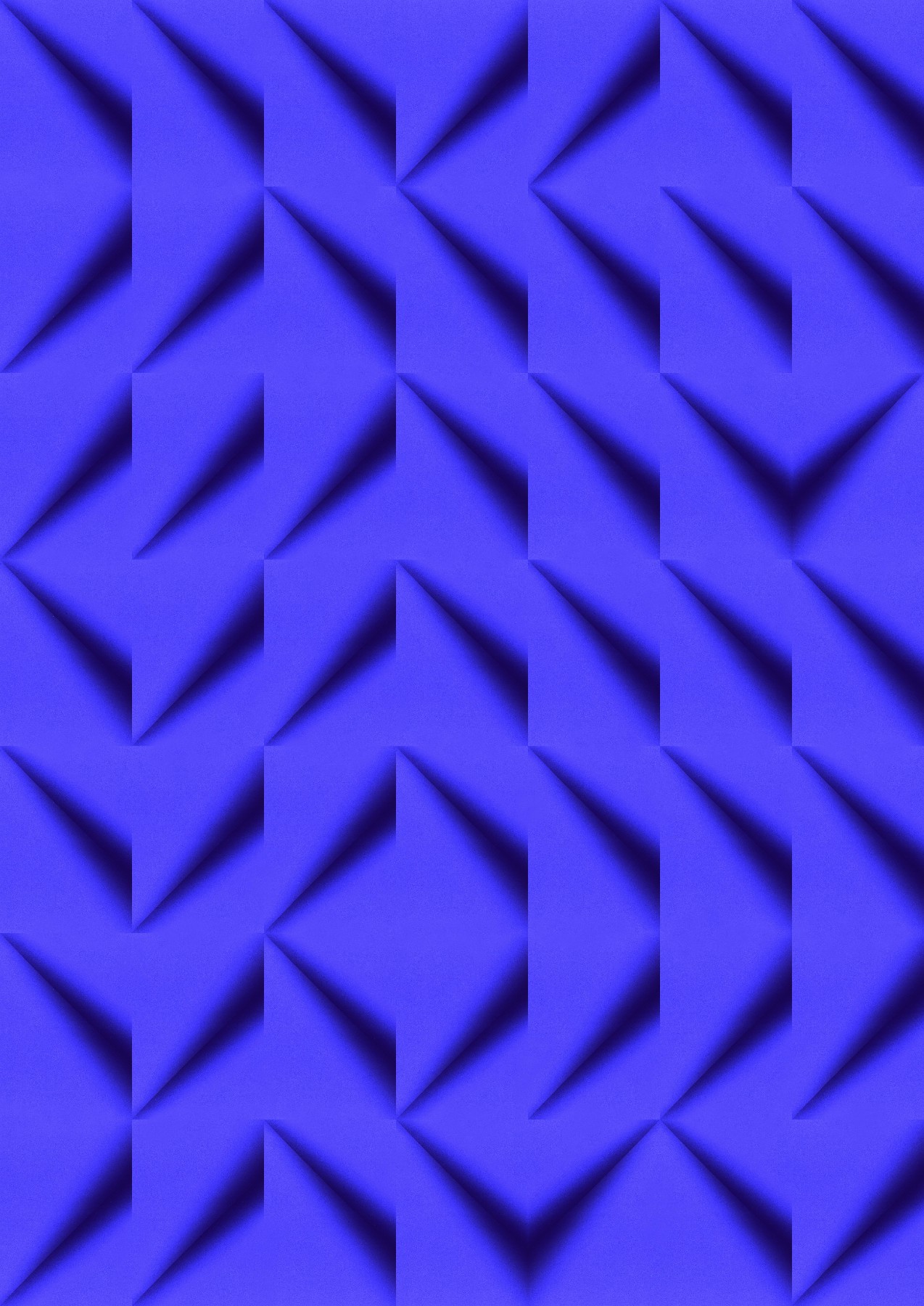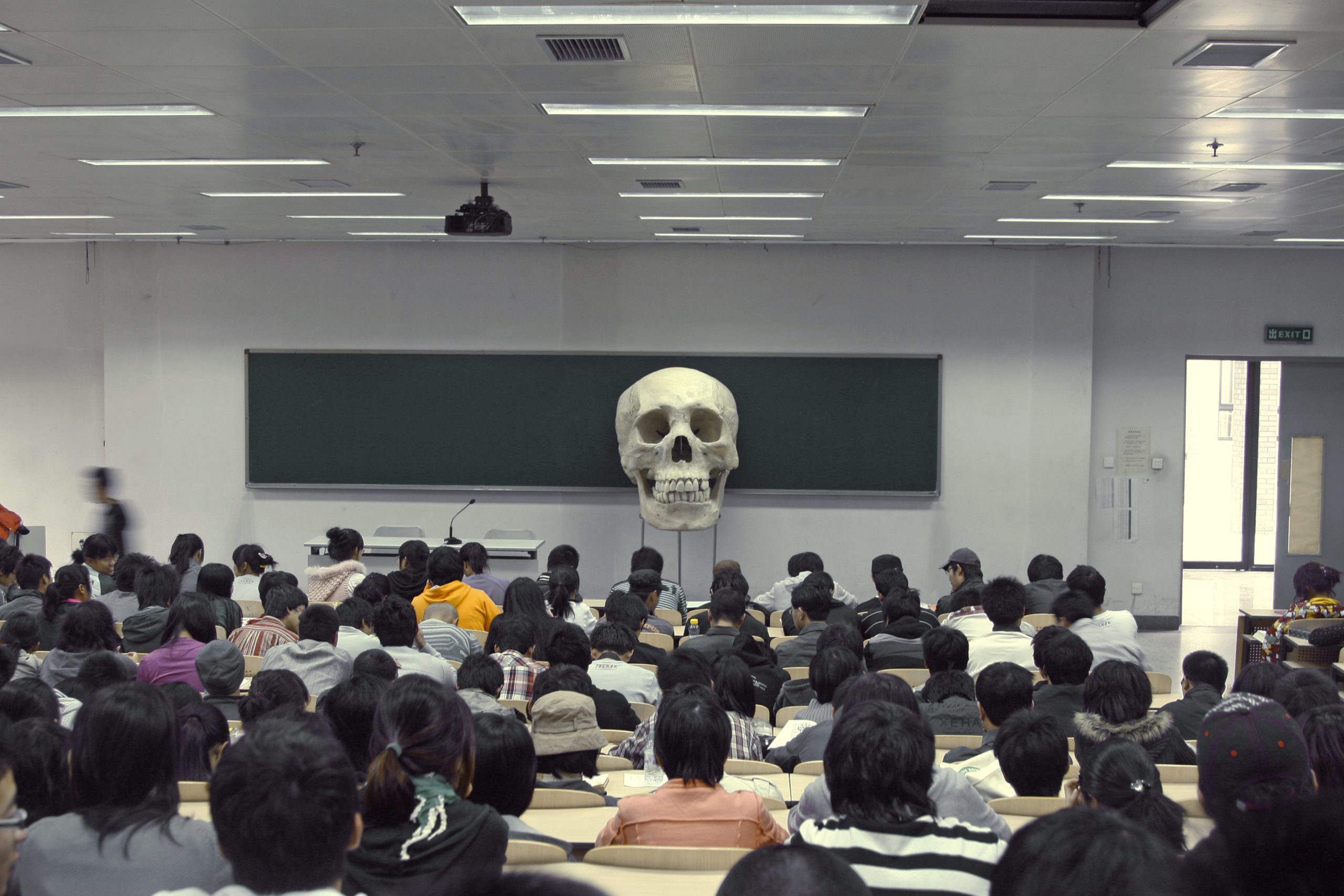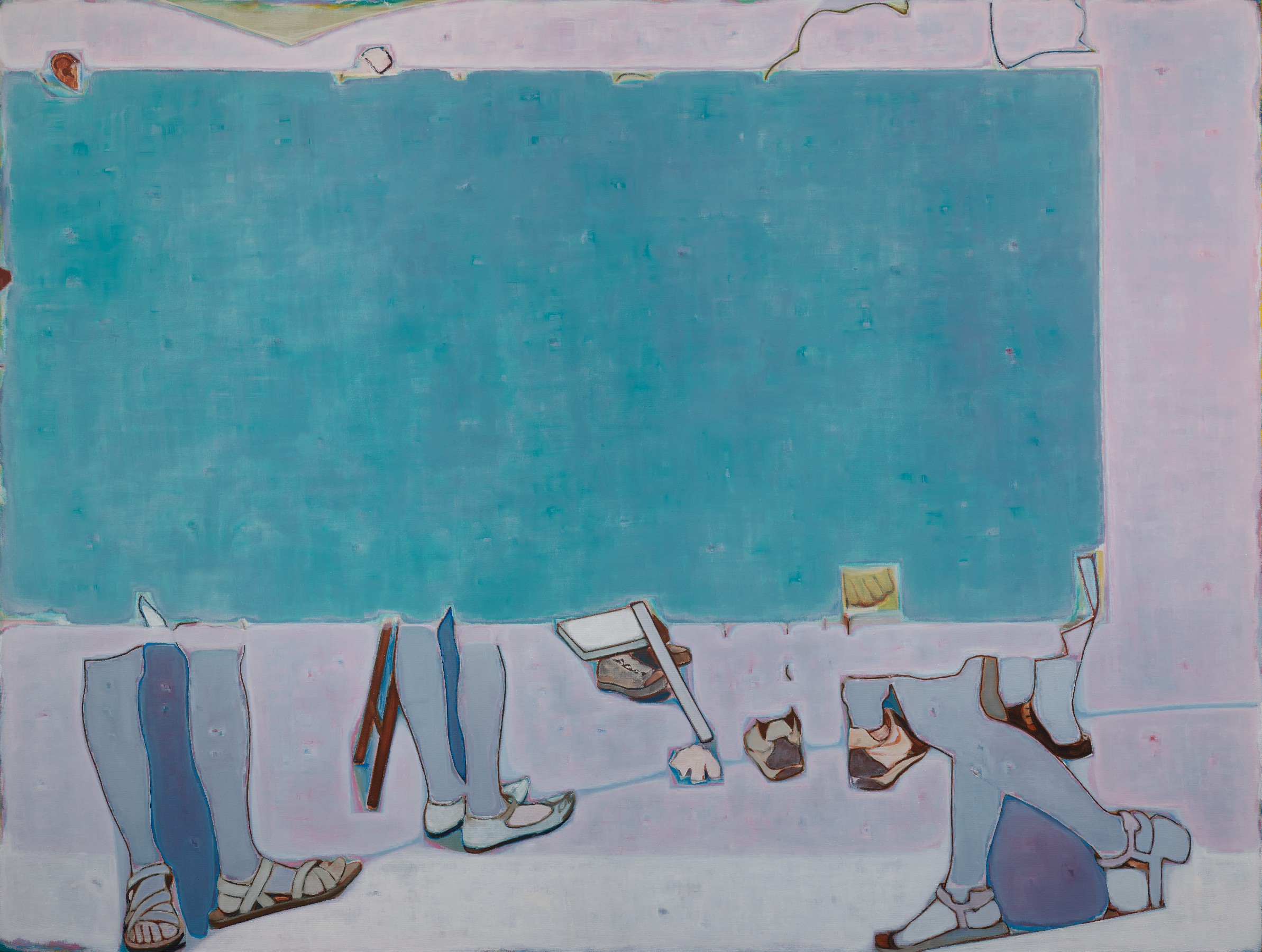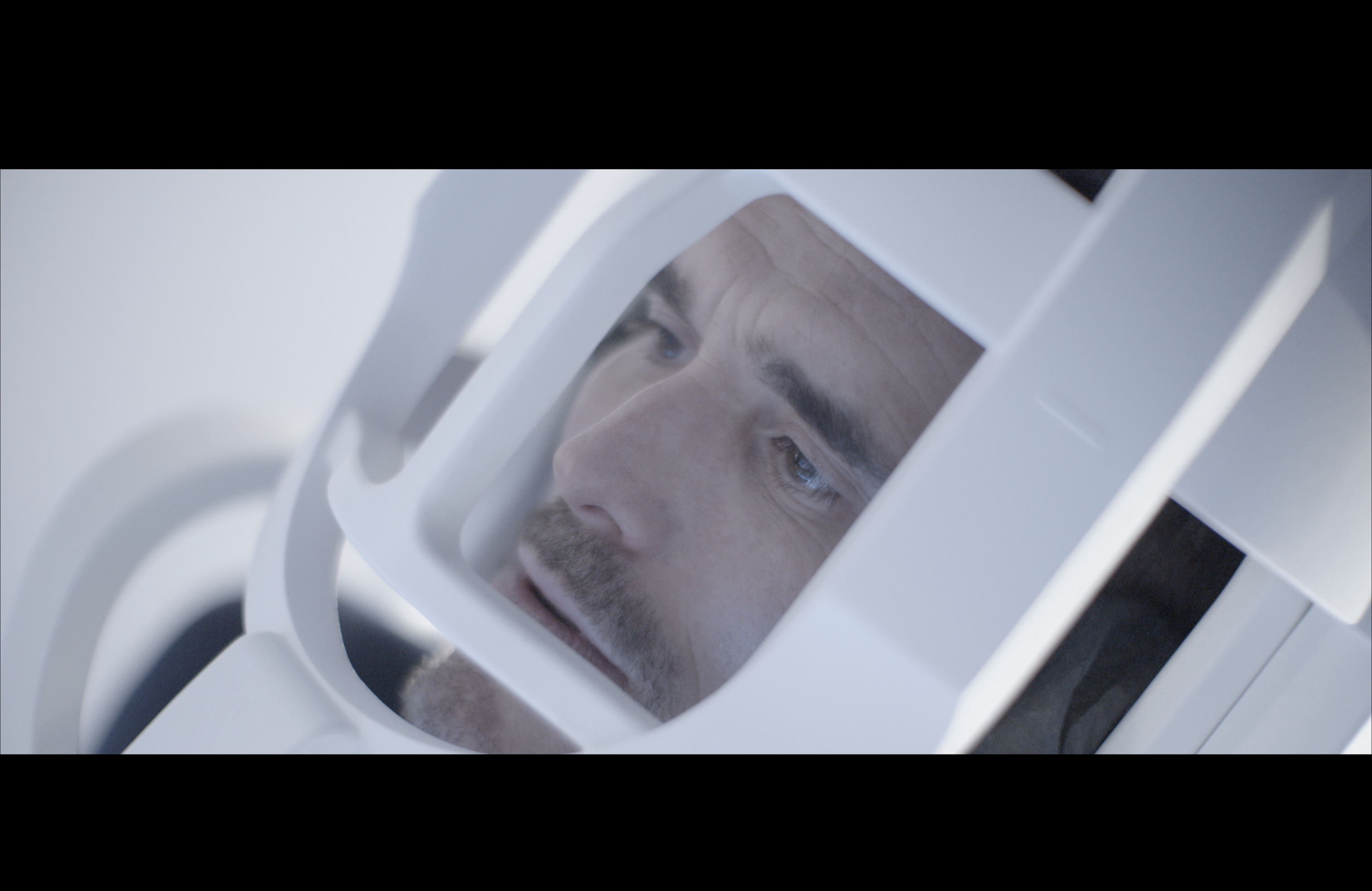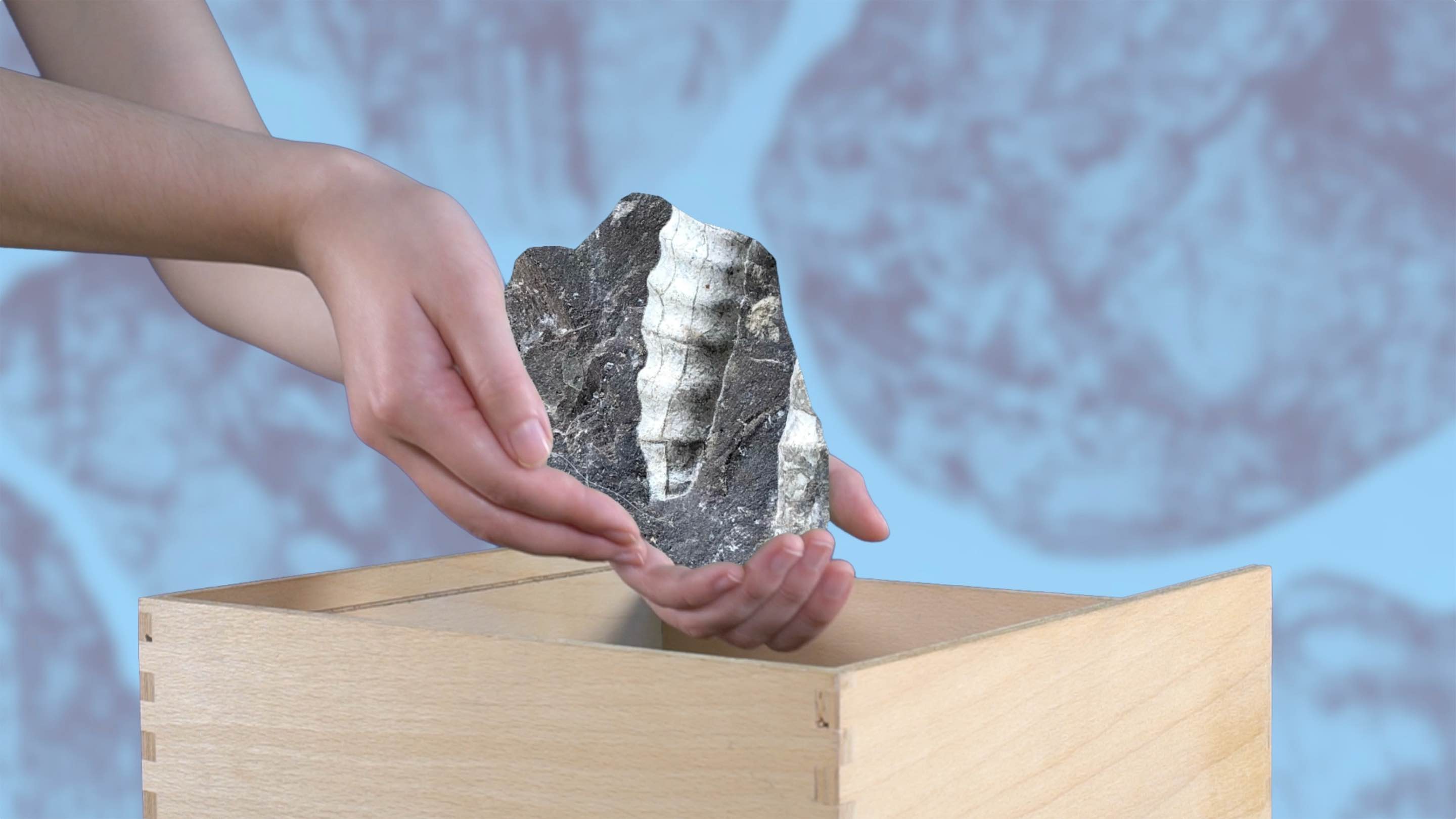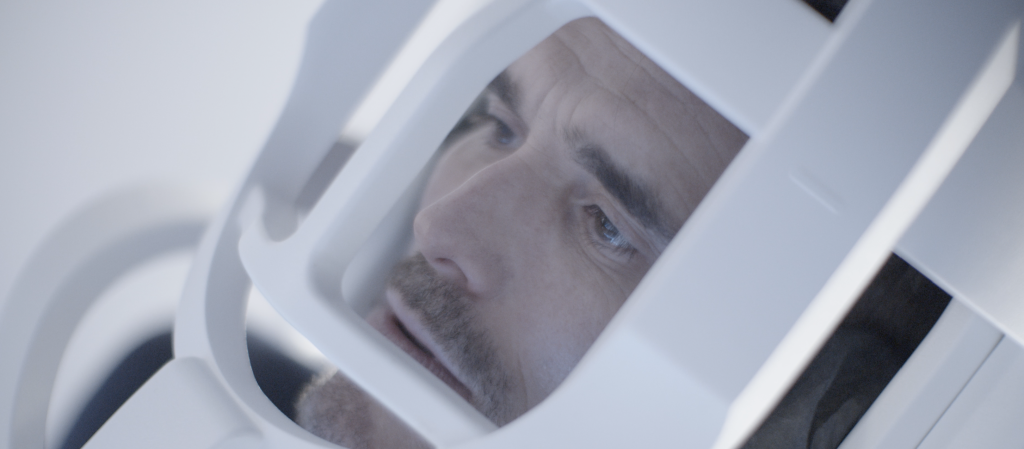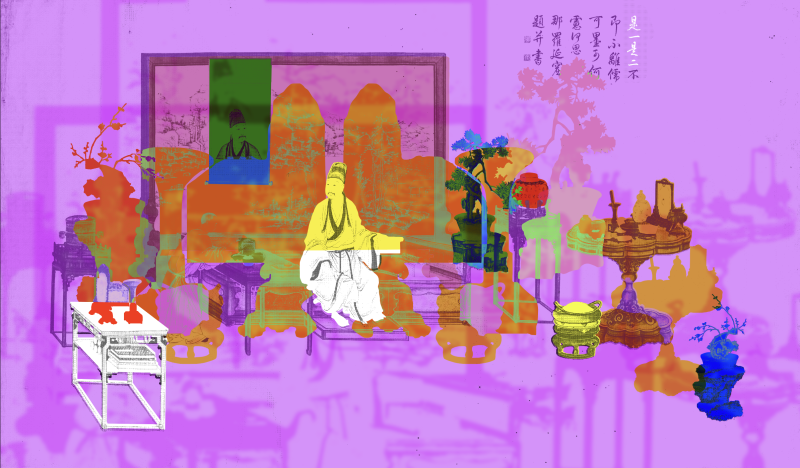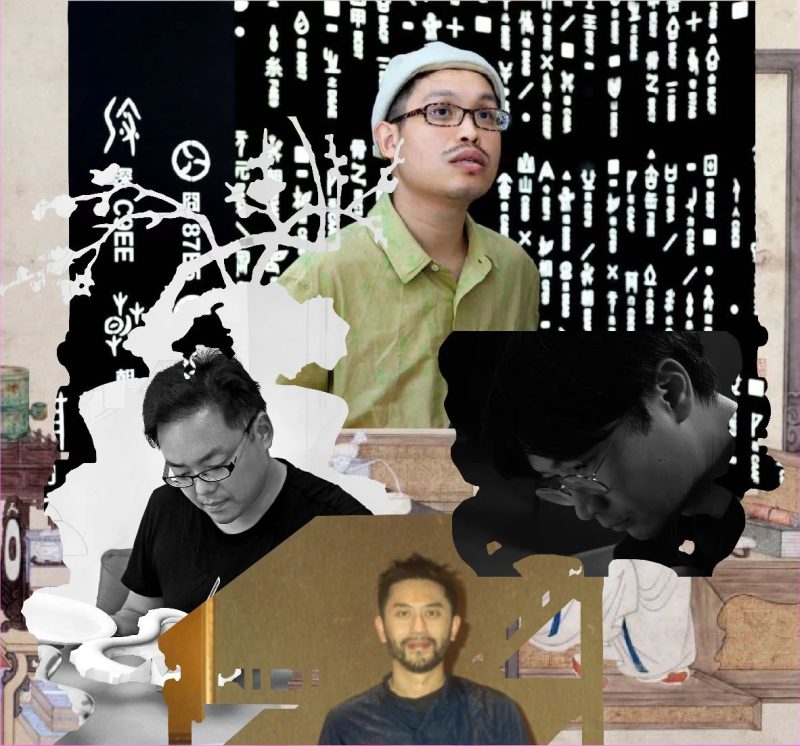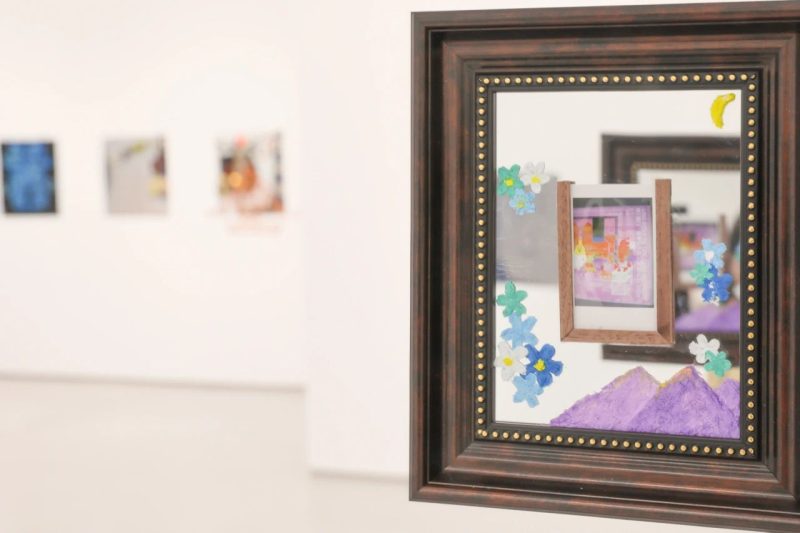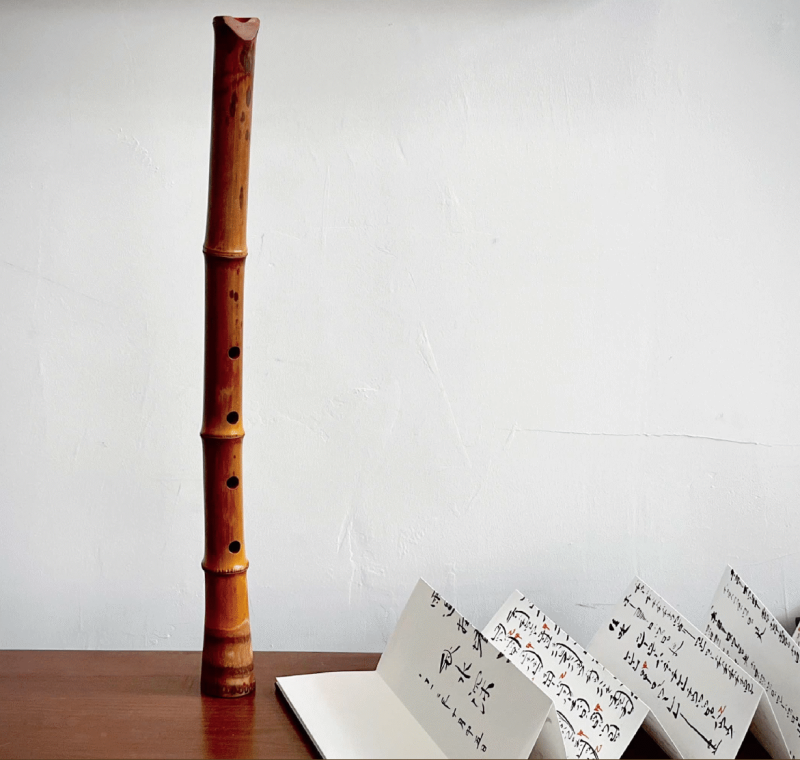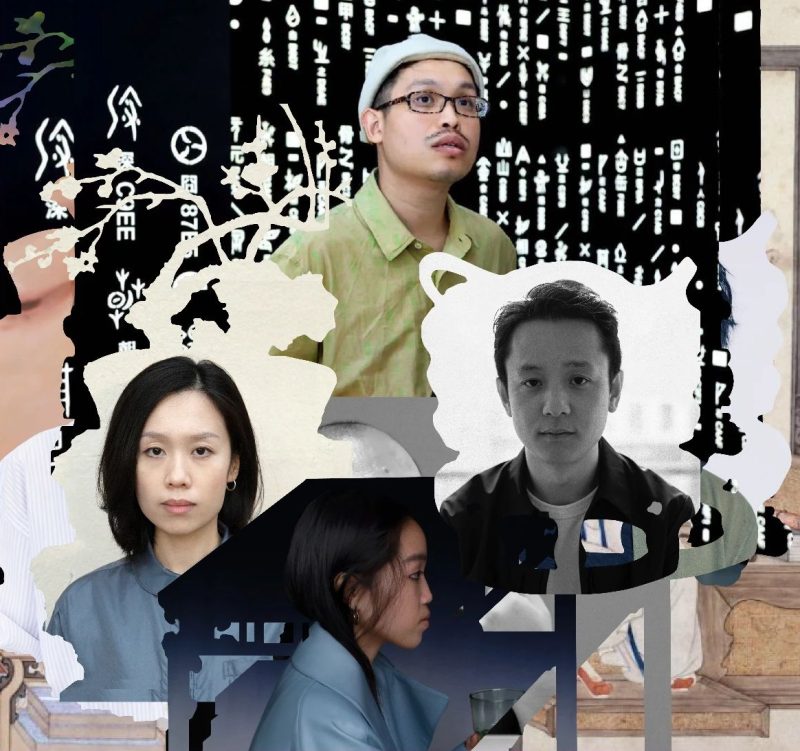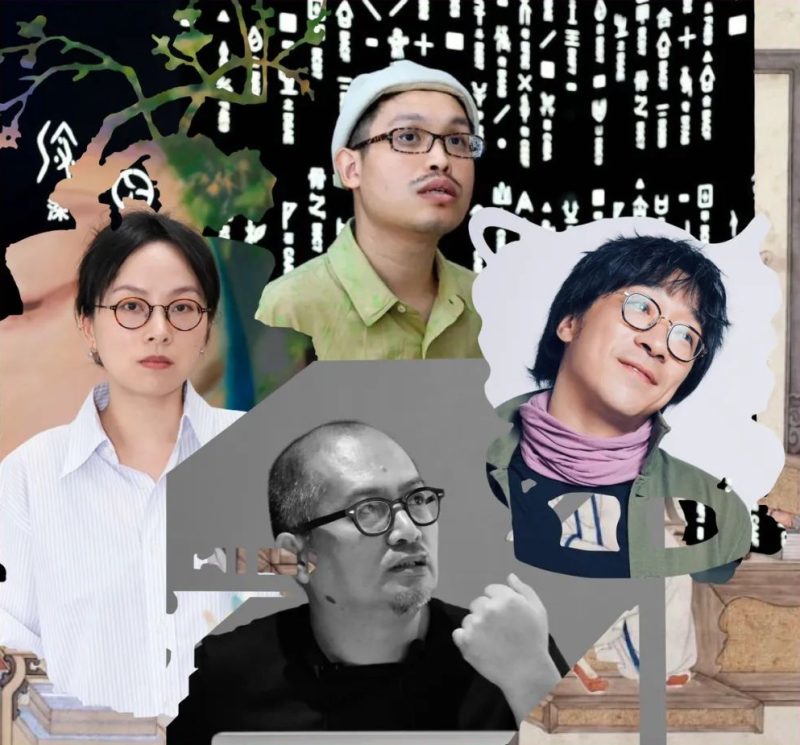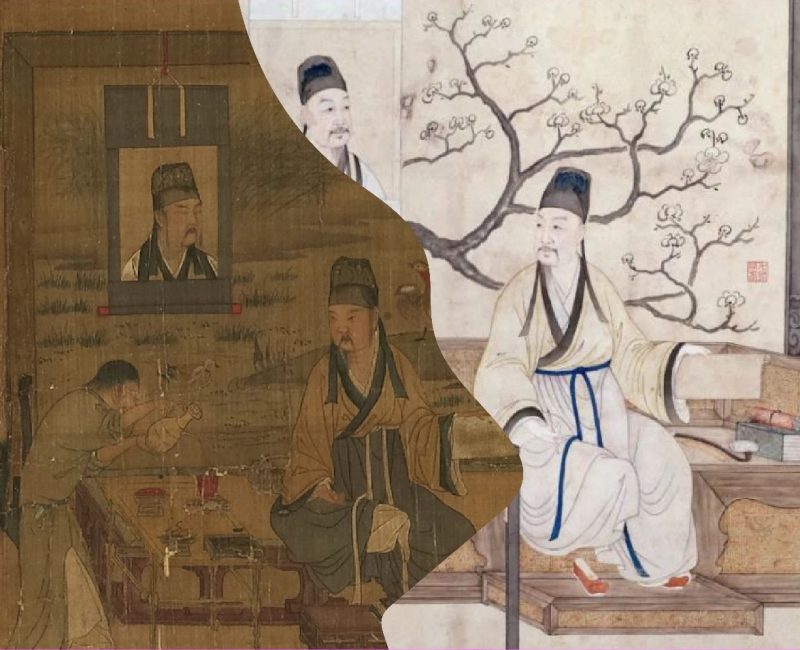2024.06.16 - 2024.07.31
Two Sides of One Coin
- DurationJune 16 - July 31,2024
- Opening hourTuesday - Sunday 10:00-17:30
- AddressTaikang Art Museum, 1-2F Taikang Art Museum, Building 1, Yard 16, Jinghui Street,Beijing Taikang Group Building
- ArtistsI Gusti Ayu Kadek Murniasih, Jesper Just, Lee Tzu-hsun, Lu Dadong, Mai Ta, Payne Zhu, Shi Qing, Tang Han, Tang Yongxiang, Tong Yi Xin, Wang Xu, Yu Youhan, Zhang Lian, Zhou Tao, Zhan Rui
- CuratorYang Zi
- Exhibition CoordinatorRuan Jingjing
- OrganizerTaikang Art Museum
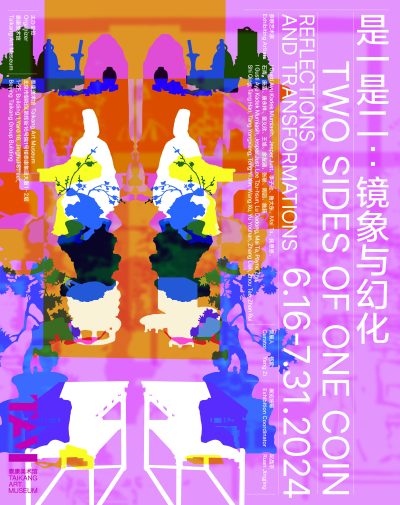
From June 16 to July 31, 2024, the Taikang Art Museum will stage “Two Sides of One Coin: Reflections and Transformations”, its first group exhibition that does not focus on Taikang Collection. Curated by Yang Zi and based on Shi Yi Shi Er (One or Two), a painting of the Qing Dynasty, the exhibition skillfully connects subtle metaphors, either concrete or abstract, between contemporary artworks and Shi Yi Shi Er (One or Two). Starting from art to seek corresponding art, and returning from one origin to another are the original intention of the exhibition. The exhibition breaks down the philosophical propositions contained in Shi Yi Shi Er (One or Two). On the one hand, it takes into account the transformation and borrowing of various ancient aesthetic images of Shi Yi Shi Er (One or Two) in the context of contemporary art, although these correspondences are coincidences facilitated by artists’ unconscious state; on the other hand, the ancient painting seems to reflect the drawbacks brought about by the rapid development, isolation among individuals, and lack of ultimate meaning in modernity. This is also a common issue faced by artists of the exhibition and even from the world.
The exhibition includes the works of fifteen artists, casting light on the contemporary art ecology from a global perspective. In addition to Chinese artists who include China and foreign countries on their horizon, their peers from Indonesia, Vietnam, and Denmark also participated in this exhibition. It will be the debut of multiple works and artists in the Chinese mainland. The exhibits demonstrate the unremitting exploration of self-image and identity by fifteen Chinese and foreign artists and expand our dimensions of understanding the world with Chinese philosophy.
The principle of recursion was followed when making and selecting exhibits. Some series of works were broken down, resembled, and repeatedly displayed in different halls that are almost evenly divided from the space of Taikang Art Museum, so as to create a sense of familiarity.
“Shi Yi Shi Er (One or Two); Neither Sameness nor Difference”
What is the wise thought in Emperor Qianlong’s poem?
The five-piece scroll Shi Yi Shi Er (One or Two) of the Qing Dynasty follows the arrangement of Two Selves reported as a Song Dynasty painting: a man sitting on a bed forms a mirror image with his portrait, while a lad is serving him. Both of them are surrounded by rare treasures. And the leading role is Emperor Qianlong himself. Therefore, some people refer to this painting as his “Qing Dynasty cosplay”. Emperor Qianlong wrote an inscription on the painting: “Shi Yi Shi Er (One or Two); Neither Sameness nor Difference”.
Curator Yang Zi believes that “Shi Yi Shi Er (One or Two); Neither Sameness nor Difference” symbolizes the recursive questioning of art towards itself, and “Confucianism or Mohist School” points to the political proposition of tolerance and coexistence among civilizations. In the painting of Emperor Qianlong, there hangs another portrait of him, which seems to prove the existence of the emperor’s image and is seen as an illusory representation. If the self is just an illusion, what are the “concerns” about it?
The so-called “recursion” refers to the method of solving problems by repeatedly decomposing them into similar sub-problems. Its essence lies in progression and regression, transforming problems into similar sub-problems and solving them. In other words, each recursion is a loop, like the familiar nursery rhyme: “Once upon a time, there was a mountain; in the mountain, there was a temple; in the temple, there was an old monk and a little monk. The old monk told a story to the little monk: once upon a time, there was a mountain; in the mountain, there was a temple…” However, in this narrative loop, the tone, emotion, and psychology of the narrator, the state of the listener, and the time and space involved all have changed. Although the endpoint returns to the origin, this origin is “new” and different from the previous one, or the primary one. Nonexistence and existence, yin and yang, being or not being, whether aggregated or excluded, always return to the holistic self, creating a continuous opposition. This process of illusion is also a recursive process of the reformation of a mirror image.
15 domestic and foreign artists
Interpreting “painting in painting” through multiple media
The exhibits imply the philosophy of “recursion”, including easel paintings, videos, photos, sculptures, installations, calligraphy works, etc. Tang Han’s video ∞ Container attempts to turn heavy stones into light substances. She edits the process of packaging stones with a box into a seamless loop scene and empties the stones into a negative border that carries the base image. Zhou Tao’s The Axis of Big Data captured the scenery around a data center in Guizhou, with the camera’s lens and the naked eye hovering like ghosts, secretly switching over time. It is a visual expression of the “continuity of opposition”. The viewing angle switching is also reflected in Yu Youhan’s painting, Wang Xu’s installation, and Tong Yi Xin’s video.
Jesper Just, I GAK Murniasih, Mai Ta, and Zhan Rui convey the portraits of themselves in consciousness in various ways, even if sometimes they are too distorted to be recognized. In the works of Lu Dadong and Zhang Lian, the mirror directly appears, metaphorically representing the similarity between “recursive origins”. Lee Tzu-hsun’s Love Temple and Payne Zhu’s Potlatch of Derivatives contain surrealist elements, implying the ultimate tragedy of fate. In Shi Qing’s The Story of White Sugar, the tragedy is replaced by a reflection on modernity. Personal value and meaning are emphasized, and people recognize themselves through new mirror images.
Tang Yongxiang captured daily scenes like citizens practicing swordsmanship in the park, fruits, and parents picking up their children after school. After a moment of shooting, he entered a long tug-of-war with images and painting. His work stems from a kind of “interaction”, the encounter and resonance between the phenomenal and the spiritual world. He pulls the momentary encounter into a full-time block to recognize the fit between impressions and images. In fact, it is the way how the exhibits were selected to correspond to Shi Yi Shi Er (One or Two). For example, the gesture in Tang Han’s work corresponds to that of the young waiter in Shi Yi Shi Er (One or Two); the mirrors and self-portraits made by contemporary artists correspond to the portrait and “painting in painting” in Shi Yi Shi Er (One or Two); the landscapes depicted by Yu Youhan and Zhou Tao correspond to the landscape painting screen in Shi Yi Shi Er (One or Two).
The correspondence among various objects stems from their similarity, which does not refer to the similarity in theme and form only. Art does not mechanically reproduce, but, transcending representation, conveys what language can and cannot tell, and allows rich experiences from both the inner and outer world to be re-combined and connected. It is a recursion from the natural to the spiritual world.


